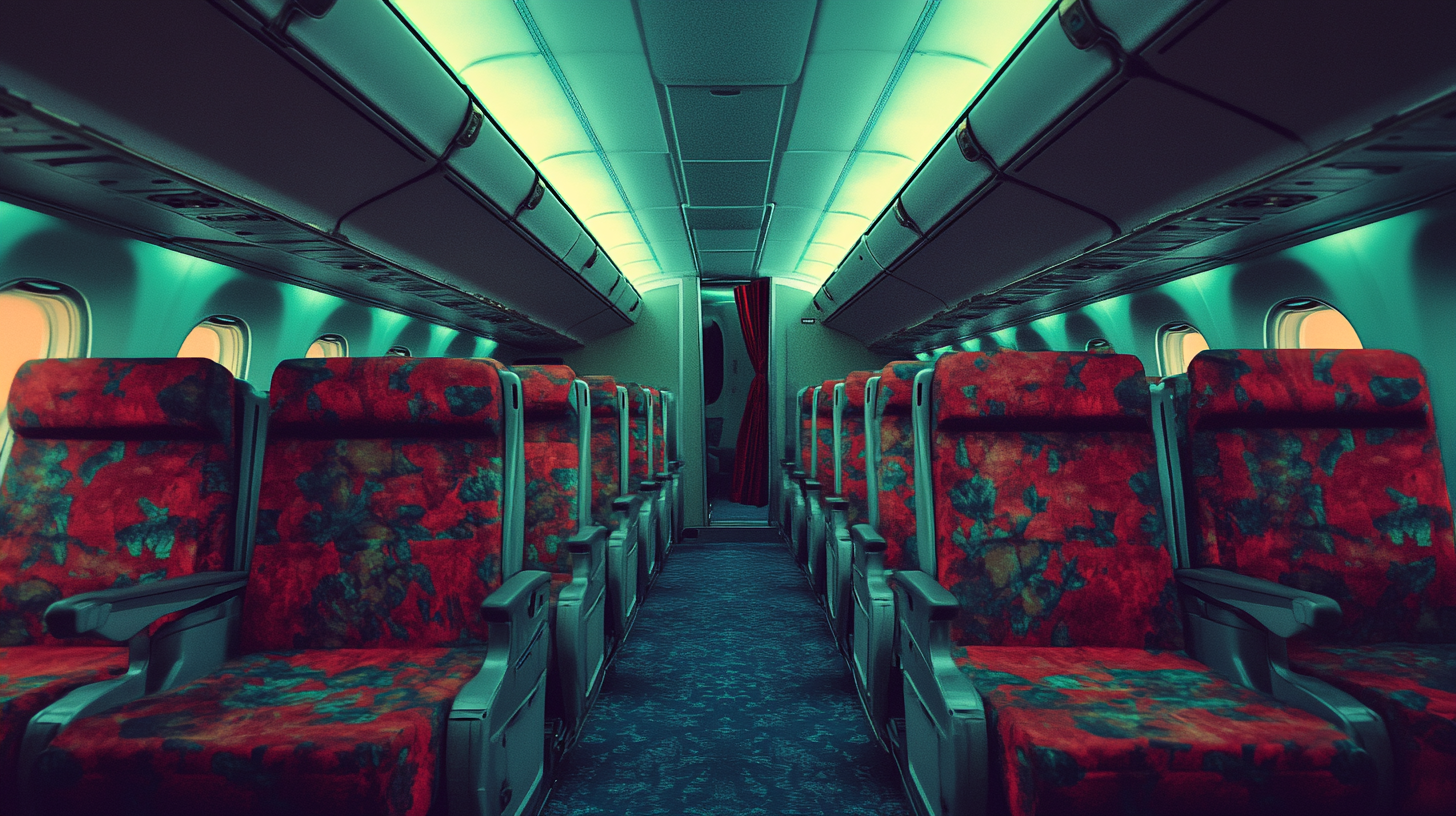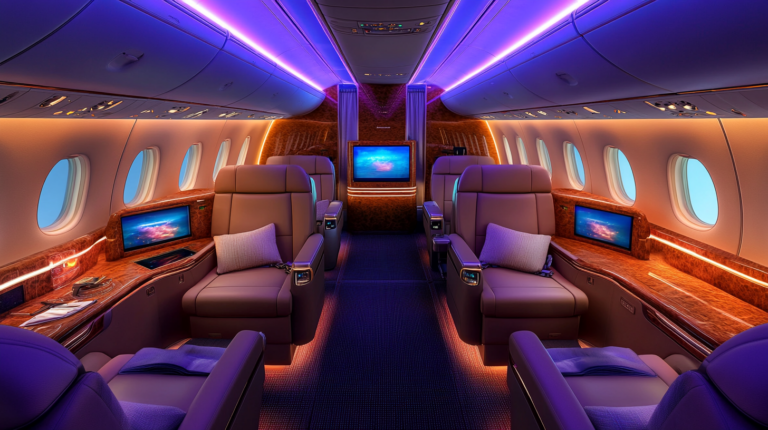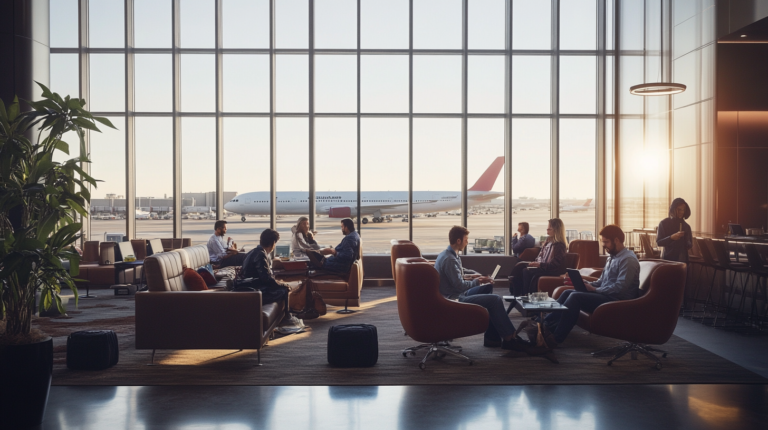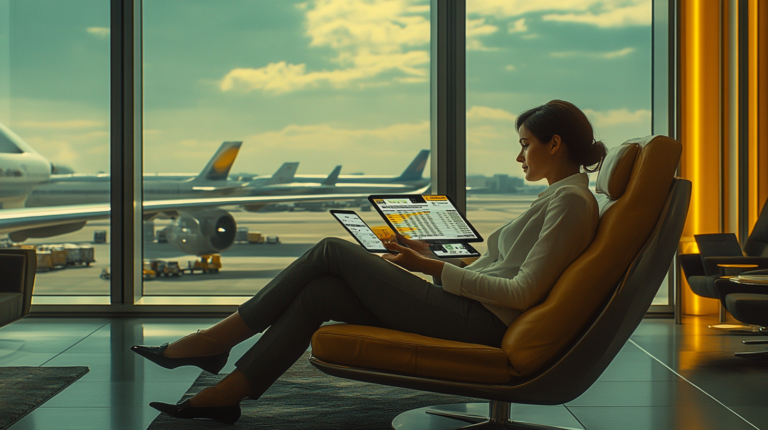Best & Worst Seats in Economy: A Comprehensive Guide
Air travel has woven the world closer together, turning distant lands into reachable destinations within hours. Whether you’re jetting off for a crucial business meeting, embarking on a well-deserved vacation, or visiting loved ones, the journey itself is an essential part of your experience. However, spending long hours in economy class can test even the most seasoned travelers. A cramped seat, limited legroom, or constant disturbances can transform what should be a pleasant journey into an uncomfortable ordeal. The good news is that with careful planning and informed choices, you can significantly enhance your in-flight comfort. This comprehensive guide delves into the intricacies of economy class seating, offering insights and strategies to help you secure the best possible seat for your next flight.
Understanding Seat Comfort in Economy Class
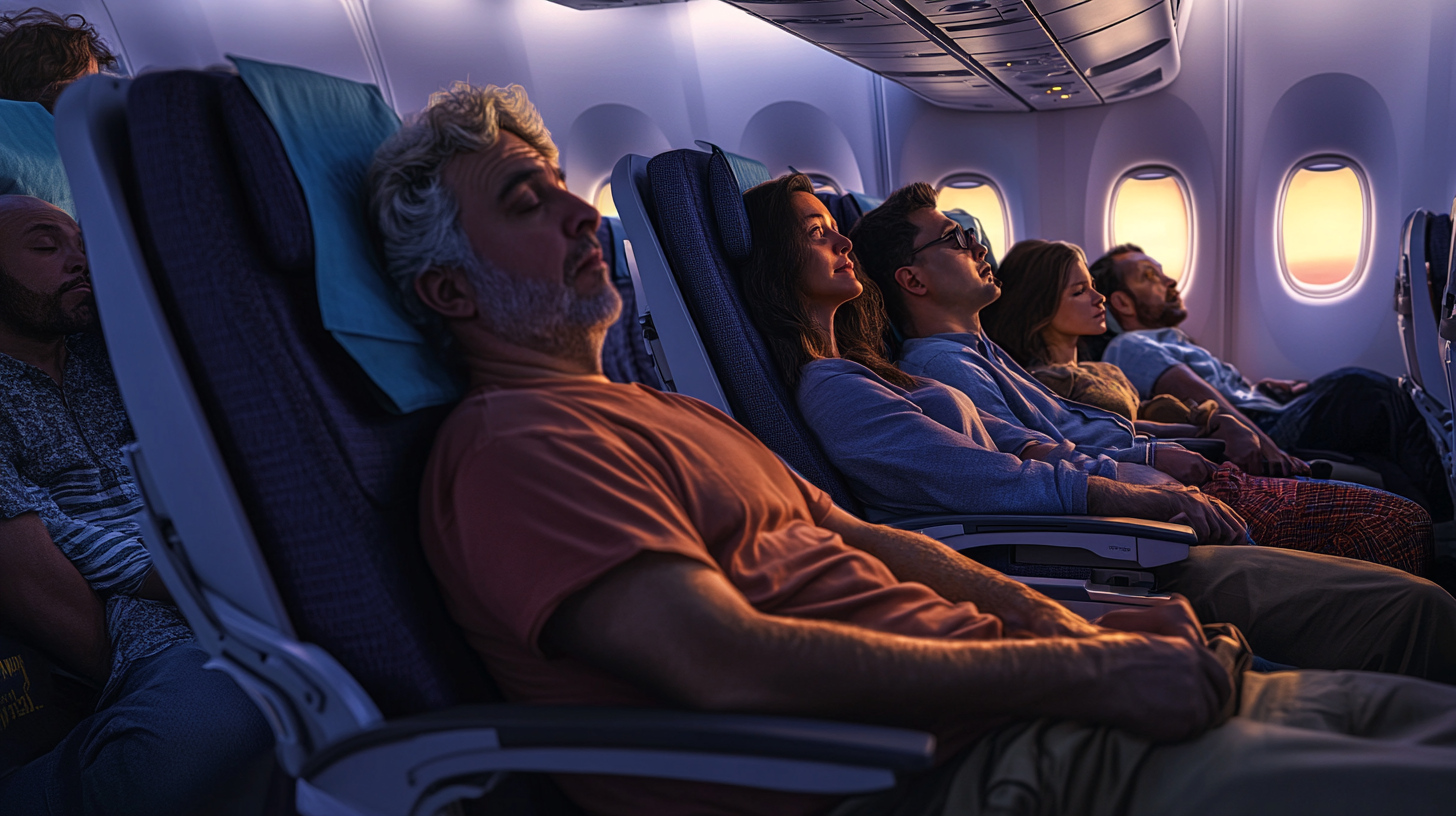
When it comes to air travel, comfort is paramount, especially on long-haul flights where you’ll be seated for hours on end. The comfort of an economy class seat extends beyond mere legroom; it’s a combination of various factors that collectively define your in-flight experience. Recognizing these elements can empower you to make choices that enhance comfort and reduce fatigue during your journey.
Seat Dimensions: Width and Pitch
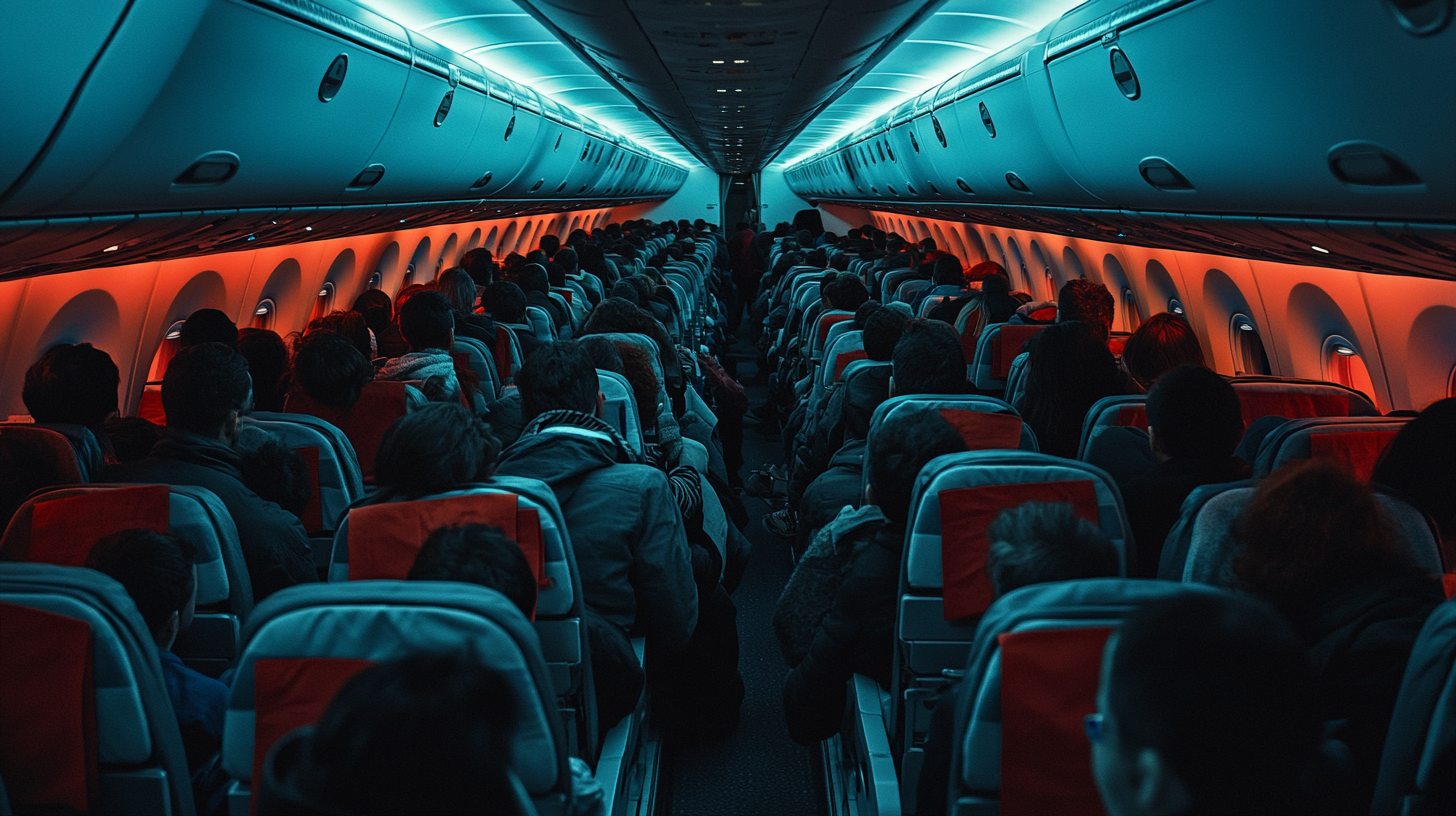
Seat width refers to the space between the armrests, directly affecting how much shoulder and hip room you have. This measurement becomes especially critical for passengers who require more space or prefer not to feel cramped against their neighbors. Seat pitch, on the other hand, is the distance between a point on one seat and the same point on the seat in front of it, essentially measuring legroom and the space for your knees. A greater seat pitch allows for more legroom, enabling you to stretch out and reducing the chance of discomfort or circulation issues.
Airlines have varied seat configurations, and understanding these differences can make a significant impact on your comfort level. For instance, airlines like Japan Airlines offer generous seat pitches, especially on their Boeing 787s configured with 8-abreast seating, providing more space than the industry standard. This contrasts with other airlines that may opt for a tighter 9-abreast configuration to maximize capacity, often at the expense of passenger comfort. Consulting resources like comprehensive airline seat maps can help you compare seat dimensions across different carriers and aircraft types.
Recline and Comfort Features
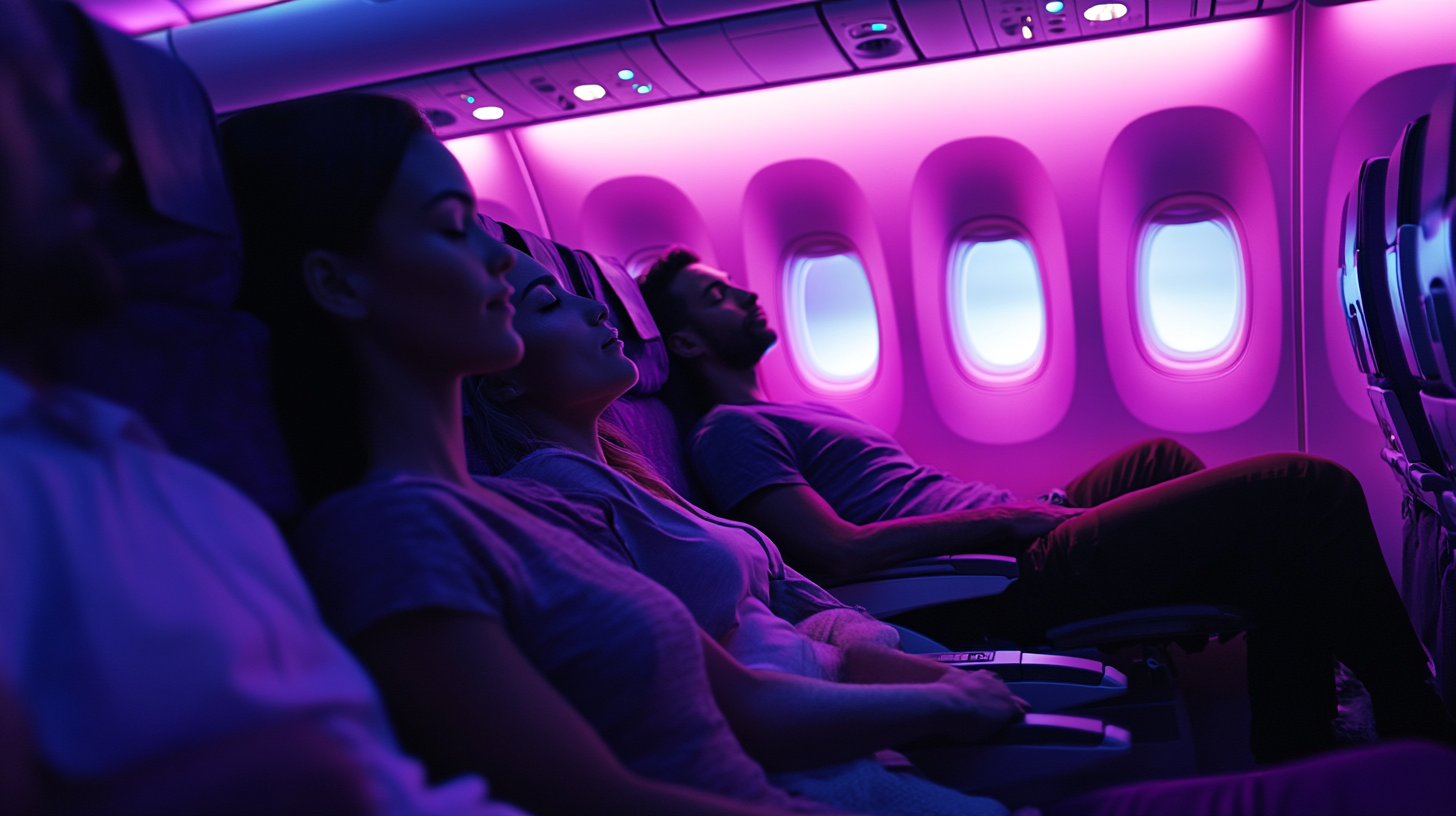
The ability of a seat to recline can make a significant difference in overall comfort, particularly on long-haul flights where sleep becomes a priority. A seat with a good recline allows you to adjust your seating position, relieving pressure points and reducing the strain on your back and neck. In contrast, seats with limited or no recline, often found in the last rows or near exit rows, can lead to discomfort and restlessness over time.
Beyond recline, modern seats may include features like adjustable headrests, lumbar support, and even footrests, which can enhance comfort by promoting better posture and reducing fatigue. For instance, some airlines have introduced ergonomic seating designs with enhanced cushioning materials and adjustable features, as detailed in advancements in airline seat ergonomics . Paying attention to these comfort features when selecting your seat can significantly improve your in-flight experience.
In-Flight Amenities: Power Access and Entertainment
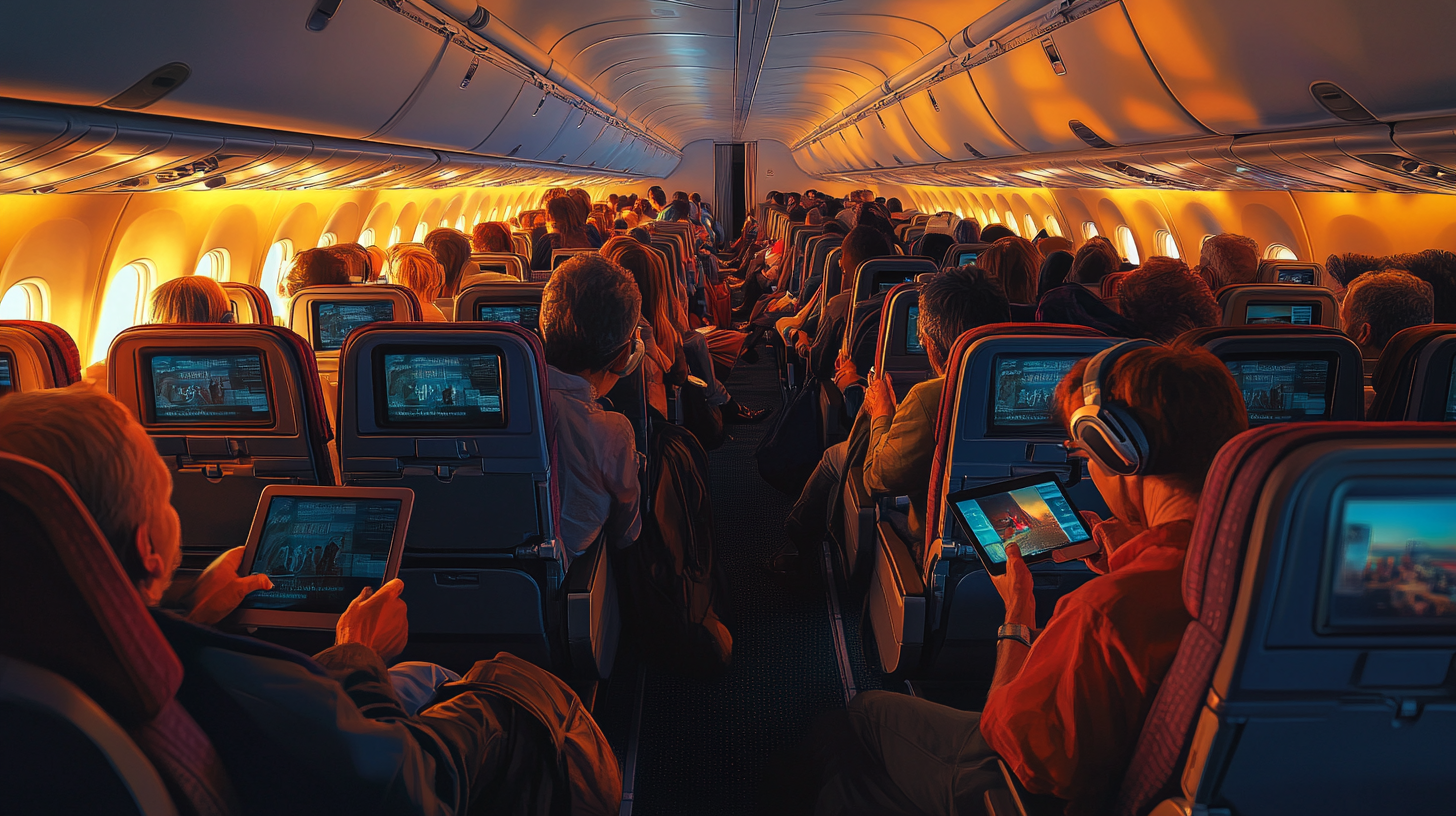
In today’s connected world, access to power outlets or USB ports at your seat is more than a convenience—it’s a necessity. Being able to keep your devices charged allows you to work, stay in touch with loved ones, or simply enjoy your own entertainment throughout the flight without worrying about battery life. Moreover, in-flight entertainment systems have evolved significantly, with many airlines offering personal screens loaded with a vast library of movies, TV shows, music, and games. These systems can turn a monotonous flight into an enjoyable experience, helping time pass more quickly.
Airlines like Delta and Singapore Airlines are particularly praised for their extensive entertainment options and amenities in economy class, often highlighted in reviews of top in-flight entertainment systems . Selecting a seat with convenient access to power and entertainment can greatly enhance your journey.
Wi-Fi Connectivity
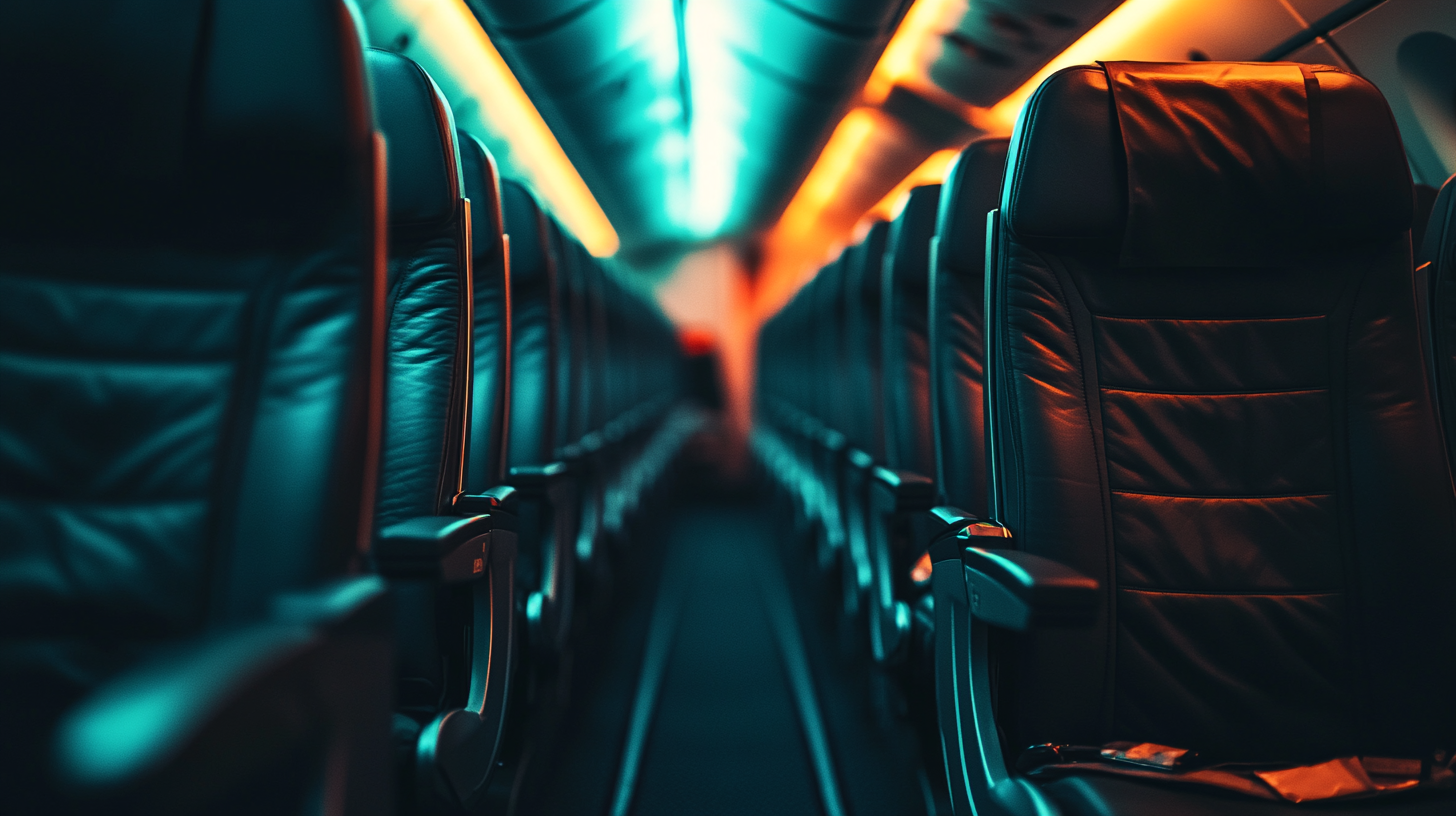
In an era where staying connected is often crucial, in-flight Wi-Fi has transitioned from a luxury to a necessity for many travelers. Whether it’s responding to urgent work emails, engaging with social media, or streaming content, having internet access at 35,000 feet can significantly enhance the travel experience. While not all airlines offer Wi-Fi in economy class, there is a growing trend of carriers including it as a standard feature or for a nominal fee.
Some airlines even provide free messaging services on popular apps, allowing passengers to stay in touch without incurring extra costs. Evaluating an airline’s Wi-Fi options before booking—perhaps through guide to in-flight Wi-Fi services —can ensure you remain connected throughout your journey.
The Best Seats in Economy Class
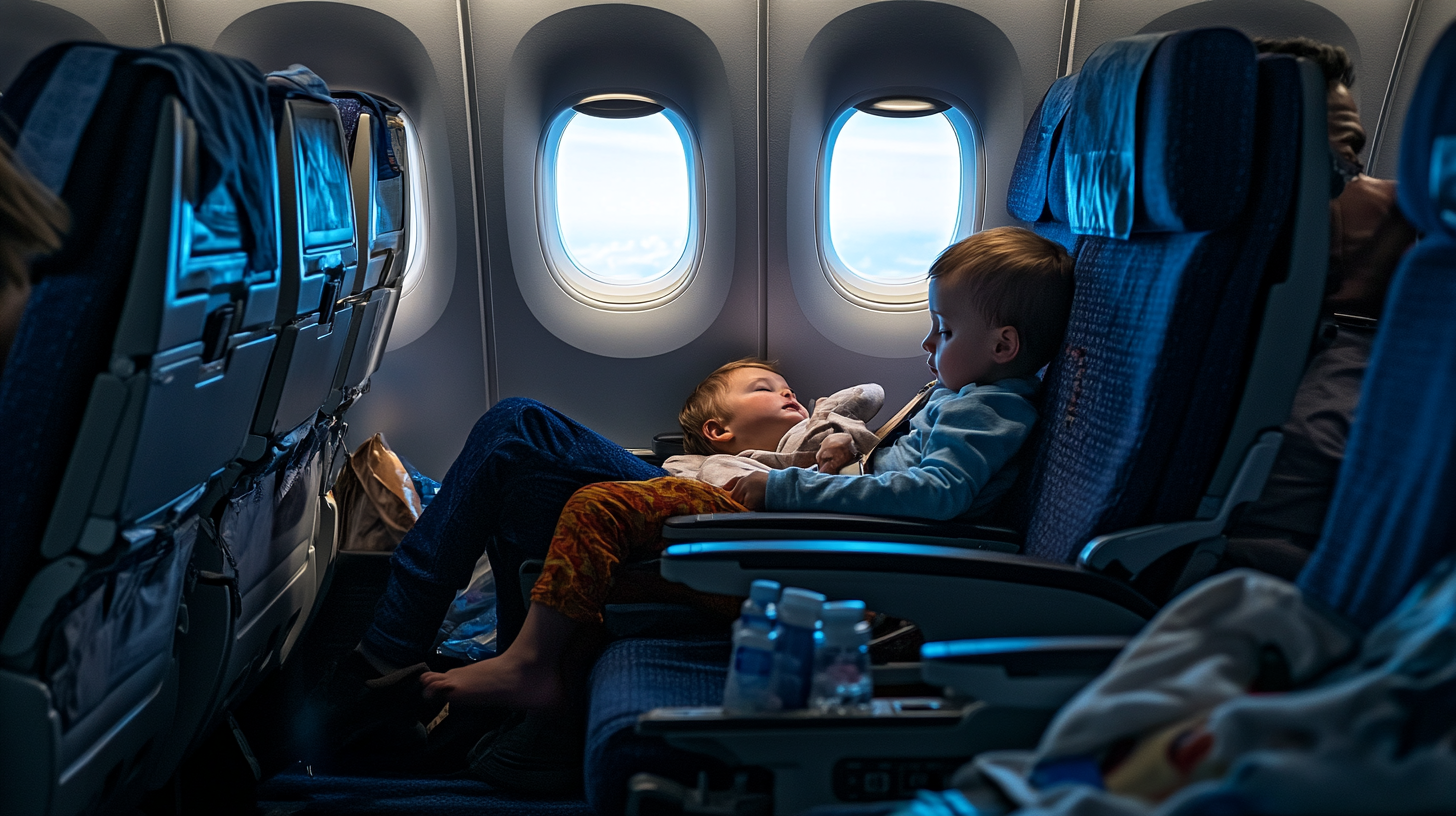
Choosing the right seat can transform your journey from a tiring ordeal into a comfortable experience. Here are some of the best seating options available in economy class:
Exit Row Seats
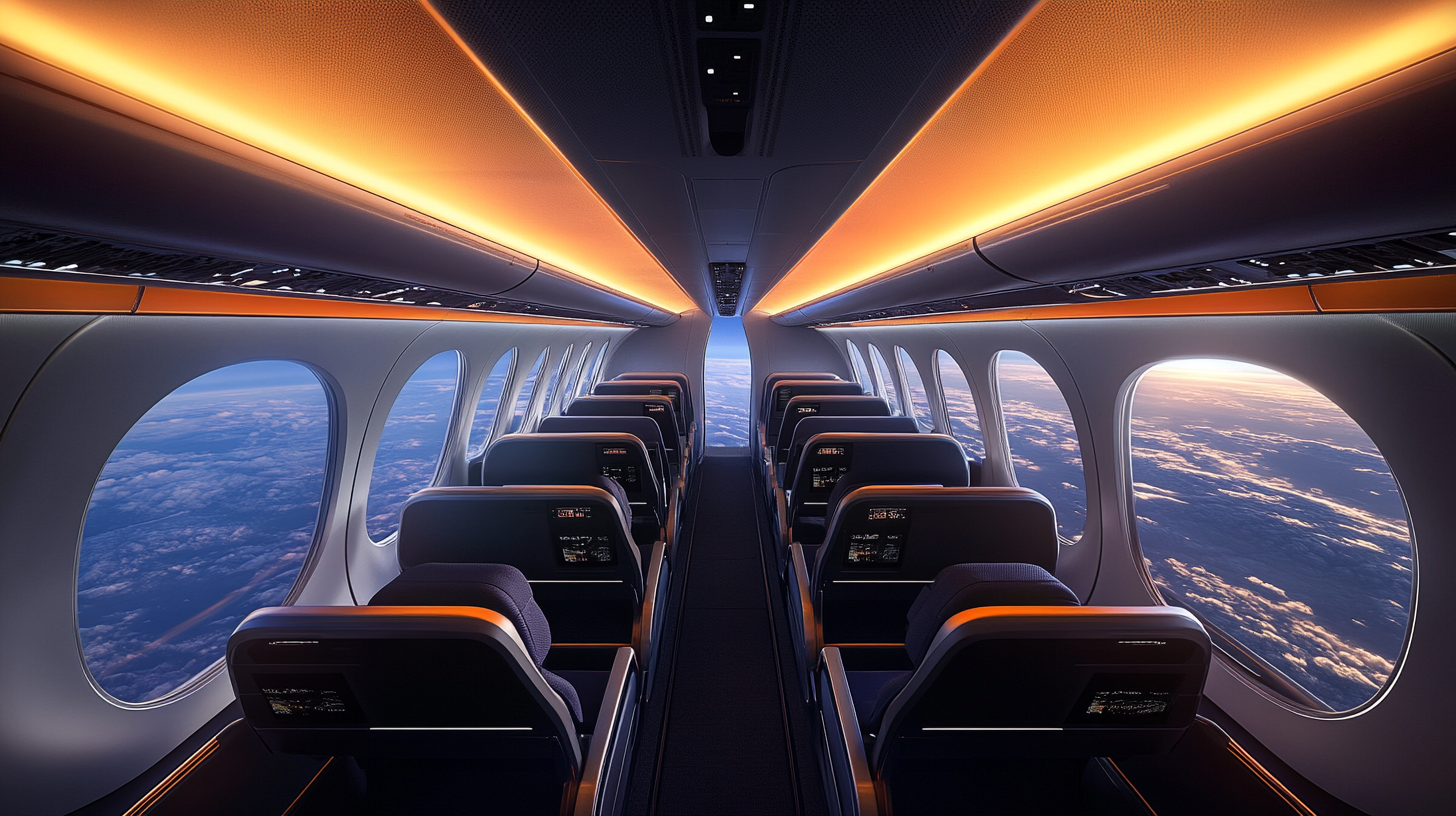
Exit rows are renowned for offering extra legroom, making them a coveted choice for taller passengers or those simply seeking added comfort. These seats often provide several additional inches of legroom, allowing you to stretch out more fully. According to flight attendants and aerospace engineers, seats in the exit row, particularly those without a seat in front, provide unparalleled space in economy class.
However, it’s important to note that exit row seats come with additional responsibilities. Passengers seated here must be willing and able to assist in case of an emergency evacuation, and there are age and physical ability requirements that must be met. Additionally, some exit row seats may have limitations, such as fixed armrests or non-reclinable seats. For detailed information on eligibility and regulations, refer to exit row seating guidelines . Weighing these factors can help you decide if an exit row seat is the right choice for you.
Bulkhead Seats
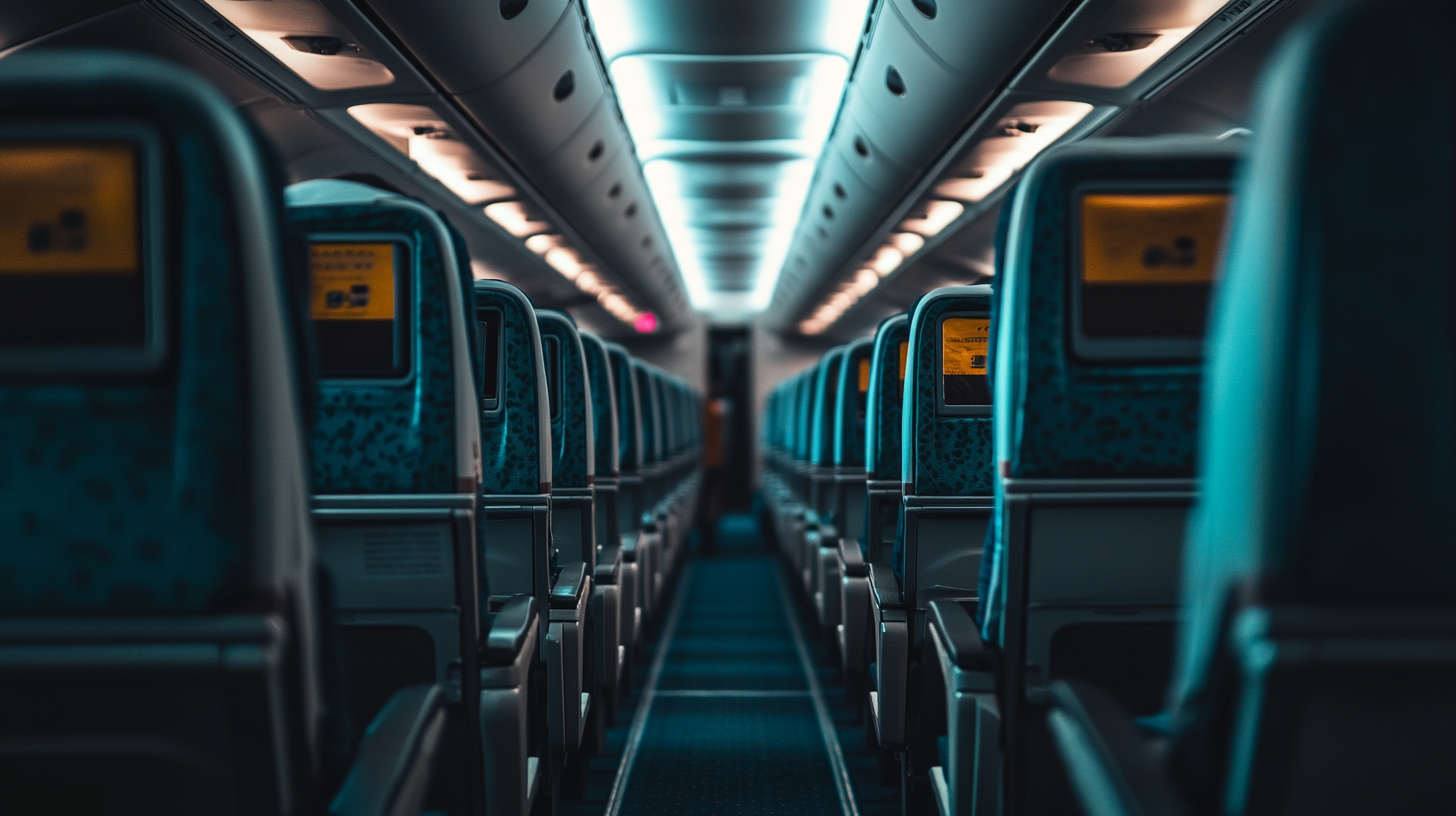
Located at the front of a section or near partitions, bulkhead seats offer a unique set of advantages. With no seats directly in front of you, these seats often provide more legroom and ensure that no one will recline into your space. This can be particularly beneficial for passengers who prefer an unobstructed area or need additional room for medical devices or service animals.
Bulkhead seats are also ideal for passengers traveling with babies, as many airlines provide attachment points for bassinets in these locations. However, it’s important to consider potential drawbacks. The proximity to lavatories or galleys can lead to increased foot traffic, noise, and light disturbances. Additionally, storage space can be limited since you may not have access to under-seat storage in front of you, requiring you to stow carry-on items in the overhead bins during takeoff and landing. For tips on maximizing comfort in bulkhead seats, see bulkhead seat advice for travelers . Weighing these pros and cons can help determine if a bulkhead seat suits your needs.
Window Seats
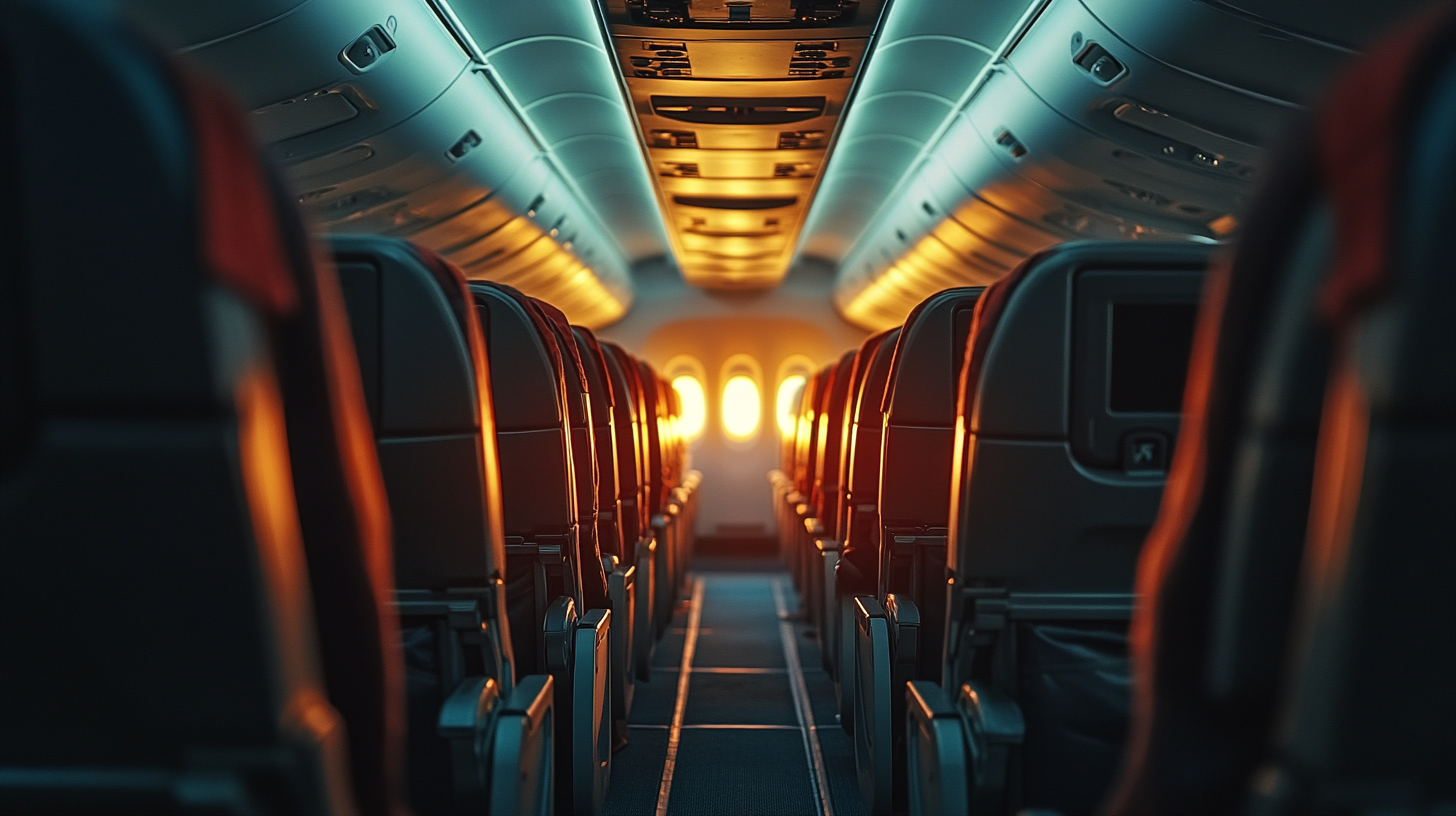
For those looking to sleep or enjoy aerial views, window seats are the go-to choice. Being able to rest your head against the wall can make sleeping easier, and controlling the window shade allows you to adjust lighting to your preference. Seats in rows 10 to 12 are recommended for sleep, as they’re typically quieter and further from high-traffic areas. Additionally, window seats on certain flights may offer stunning views of landmarks or natural wonders, enhancing your travel experience. Resources like best window seat views around the world highlight routes where the scenery is particularly noteworthy.
Seats Over the Wing
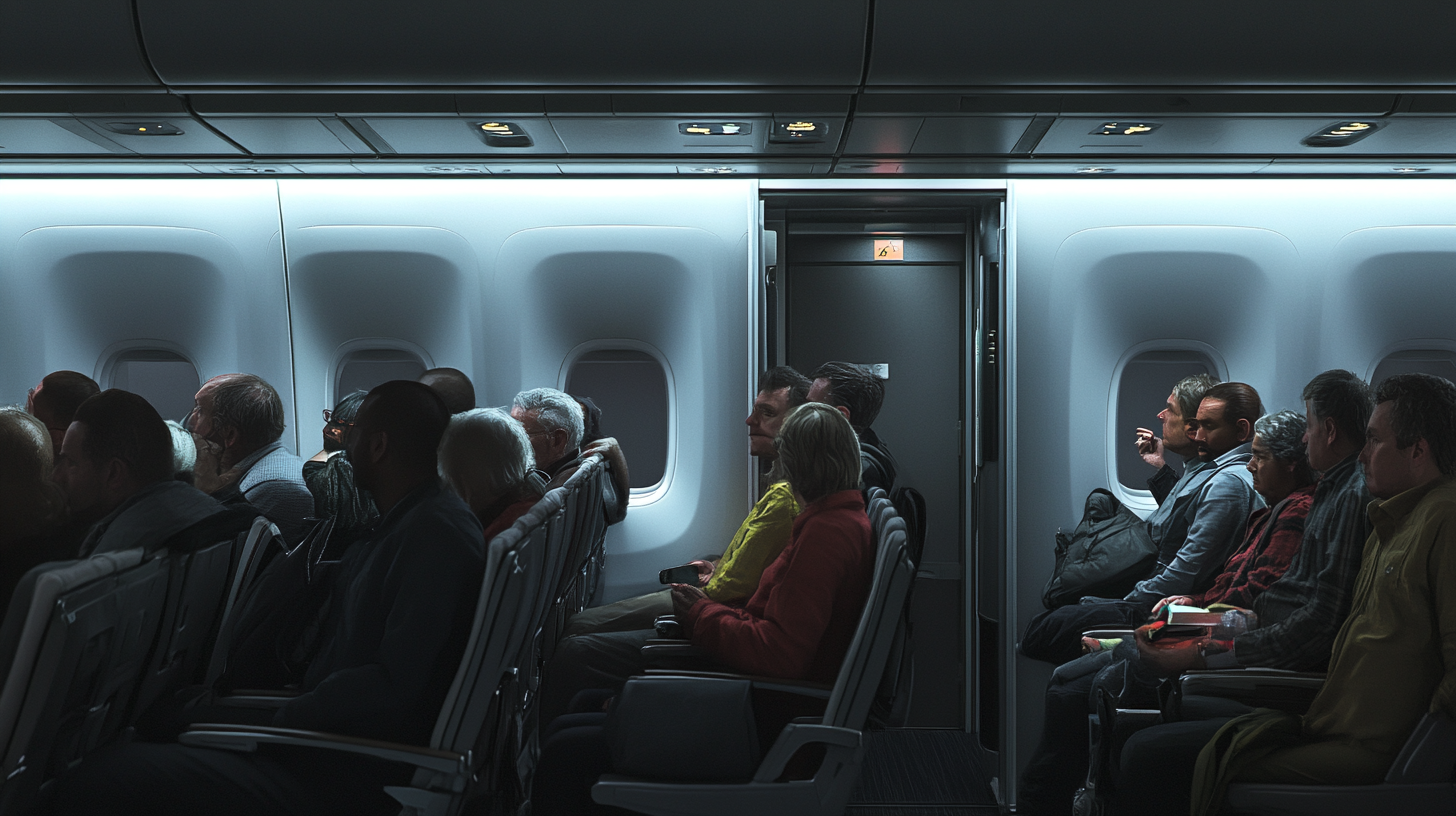
If you’re sensitive to turbulence, seats over the wing are structurally more stable, resulting in a smoother ride. This area is also beneficial for those prone to motion sickness, as the wing helps stabilize the aircraft. Furthermore, sitting over the wing can provide a more balanced sound environment, reducing engine noise compared to seats at the rear. For a detailed explanation of how seat location affects flight experience, refer to aircraft seat dynamics and passenger comfort .
Left Side of the Plane

Some travelers report that window seats on the left side of the aircraft offer better views and are less impacted by sunlight during certain flights, enhancing comfort. This can be particularly true on specific routes where the sun’s position relative to the aircraft can cause glare or increased heat on one side. Consulting flight route sun exposure charts can help you choose the optimal side for your journey.
Airlines Offering Superior Economy Experiences
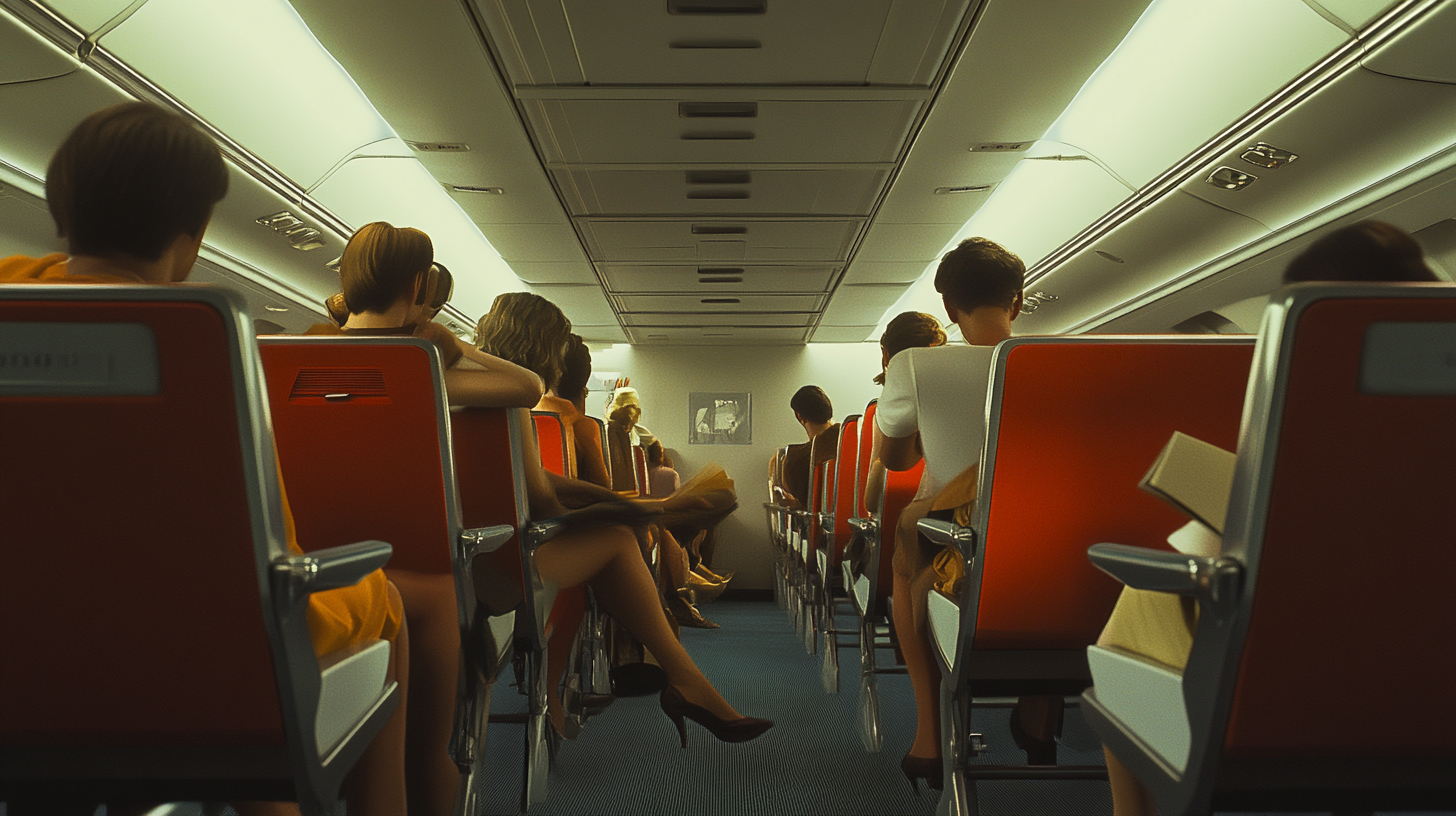
Not all economy classes are created equal. The choice of airline can significantly affect seat comfort and amenities, making the difference between a stressful flight and a pleasant journey.
Asian Carriers Leading the Way
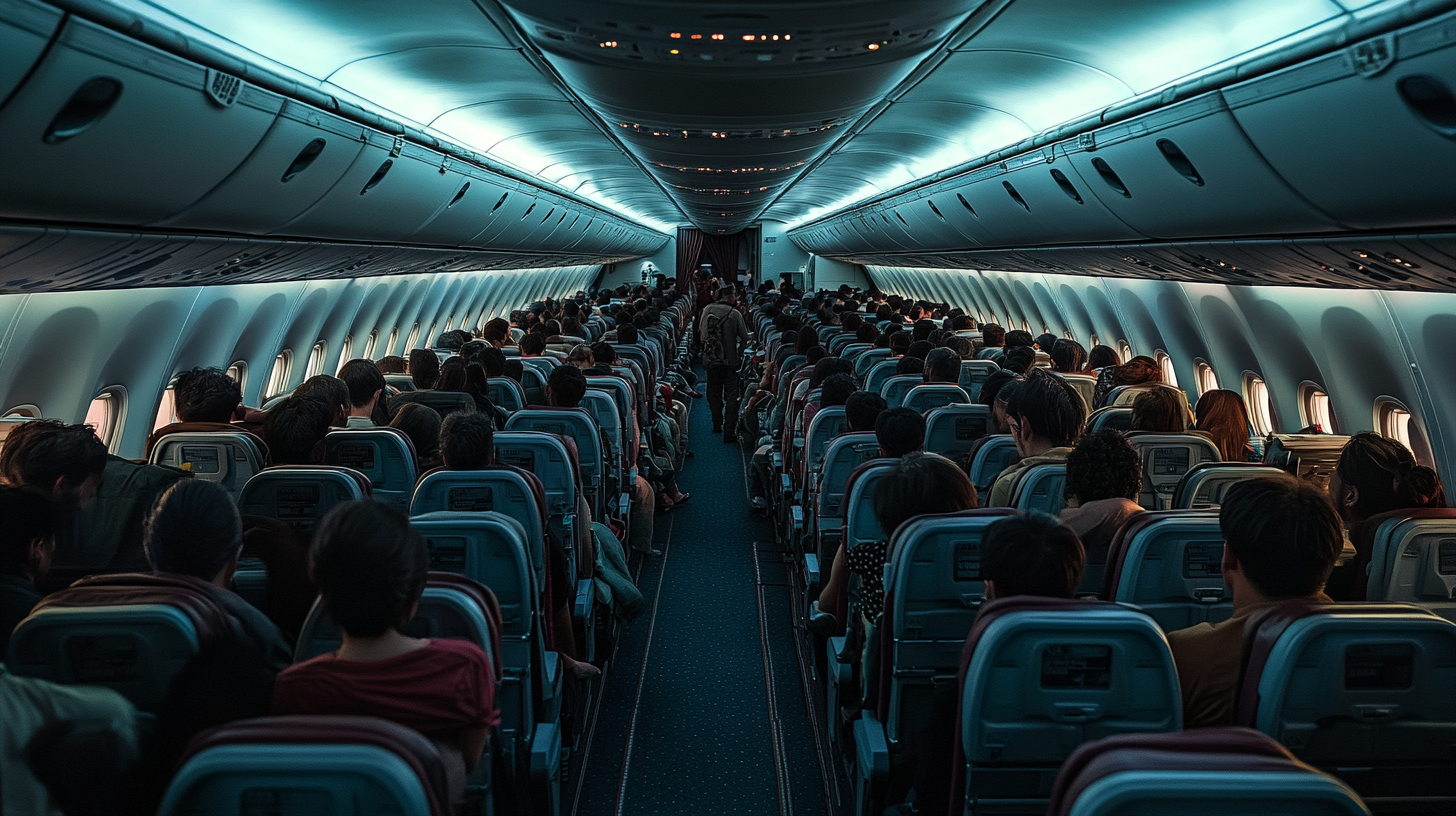
When it comes to offering an exceptional economy class experience, many travelers find that Asian carriers set the standard. After logging over 100 hours of international flying, frequent flyers consistently highlight that airlines such as Singapore Airlines, All Nippon Airways (ANA), and Korean Air provide superior inflight experiences that make long-haul journeys more comfortable and enjoyable. These airlines excel in various aspects that collectively enhance passenger satisfaction:
- Legroom: Generous seat pitches provide ample space to stretch out, reducing discomfort and fatigue on long flights. For instance, Singapore Airlines offers a seat pitch of up to 32 inches in economy class, which is above the industry average, as outlined in airline seat pitch comparisons .
- Food Quality: High-quality meals that reflect local cuisines provide not just sustenance but also an introduction to the culture. Menus often include a variety of options, accommodating dietary restrictions and preferences.
- Storage and Amenities: Larger overhead bins and thoughtful storage spaces for personal items make settling in easier. Amenities such as pillows, blankets, and personal care kits are often provided, contributing to a more comfortable flight.
- Attentive Service: Flight attendants on these carriers are known for their professionalism and hospitality, often anticipating passenger needs and responding promptly to requests.
These elements combine to create an economy class experience that rivals premium offerings on other airlines. When comfort and service are priorities, choosing an airline recognized for excellence in economy can make a significant difference in your travel experience.
Innovative Economy Options

Air New Zealand and ANA have introduced unique options like the Skynest and lie-flat seats in economy, bridging the gap between economy and premium classes. These innovative seating arrangements allow passengers to lie down and rest more comfortably during long-haul flights. For travelers seeking extra comfort without the premium price tag, exploring these options can be worthwhile. Detailed information on these innovations can be found in innovations in economy class seating .
The Worst Seats in Economy Class
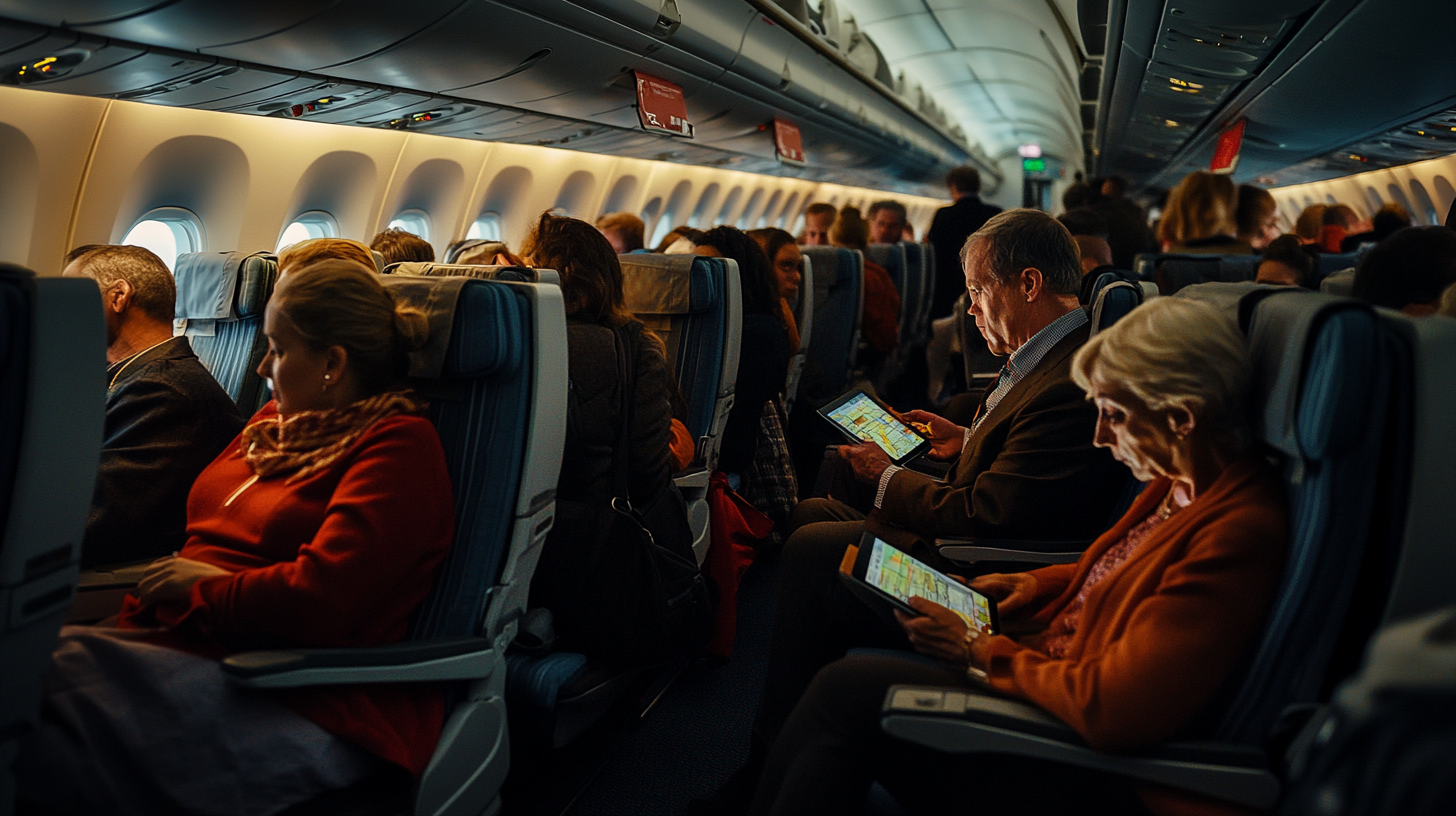
Just as there are seats to seek out, there are those to avoid to ensure a comfortable journey:
Middle Seats

The middle seat is often considered the least desirable option in economy class due to its inherent limitations. Being sandwiched between two other passengers can infringe upon personal space, and there’s no easy access to the aisle or the benefit of a window view. Without the ability to easily get up without disturbing others or to lean against the window for rest, the middle seat offers no distinct advantages.
For those who may feel claustrophobic or value their personal space, this seat can significantly diminish in-flight comfort. Strategies to avoid the middle seat include early check-in, selecting seats at booking when possible, or utilizing tools like airline seat selection strategies , which provide tips on securing a preferred seat. In situations where a middle seat is unavoidable, being prepared with small comforts like neck pillows or noise-canceling headphones can at least mitigate some of the discomfort.
Seats Near Lavatories and Galleys
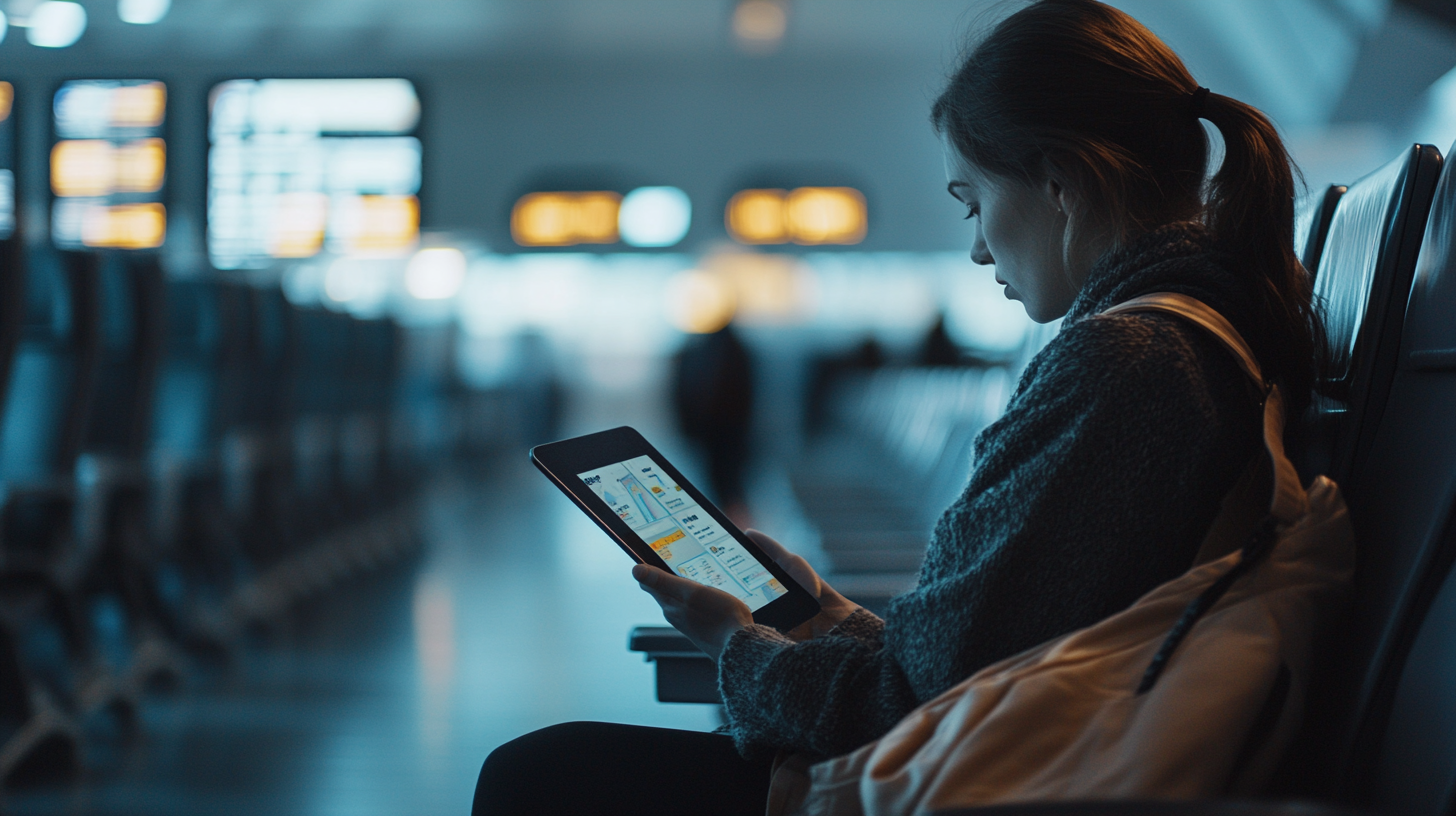
Seats adjacent to lavatories and galleys can be noisy and disruptive. The constant traffic, coupled with potential odors and light pollution from people accessing these areas, can make for an uncomfortable journey. Additionally, some of these seats may have limited recline to accommodate the structures behind them.
Being close to these high-traffic areas increases the likelihood of disturbances throughout the flight, especially on overnight flights when you’re trying to rest. Before finalizing your seat selection, reviewing the aircraft’s seat map—available on sites like detailed aircraft seat layouts —can help you identify and avoid these less desirable seats.
Back of the Plane
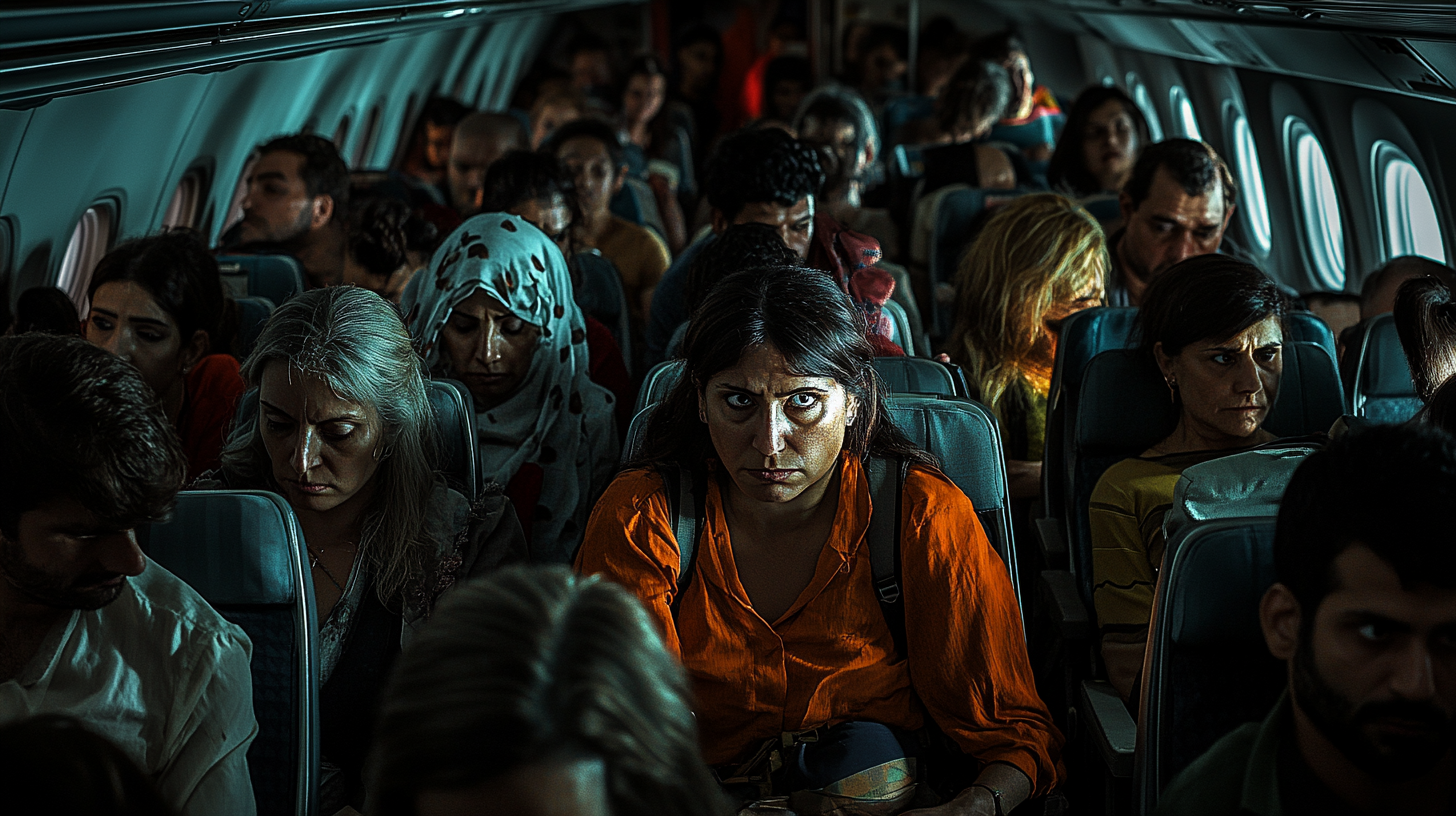
Rear seats often experience more turbulence and engine noise. They are also the last to deplane, adding time to your journey upon arrival. Additionally, meal and beverage service typically starts at the front of the cabin, so choices may be limited by the time attendants reach the back.
If minimizing flight duration and maximizing comfort are priorities, it may be best to avoid seats at the very back of the plane. However, for those who don’t mind these drawbacks, availability is often better in these areas, and sometimes these seats are less crowded. Evaluating your personal preferences will help determine if a rear seat is acceptable for your needs.
Non-Reclining Seats
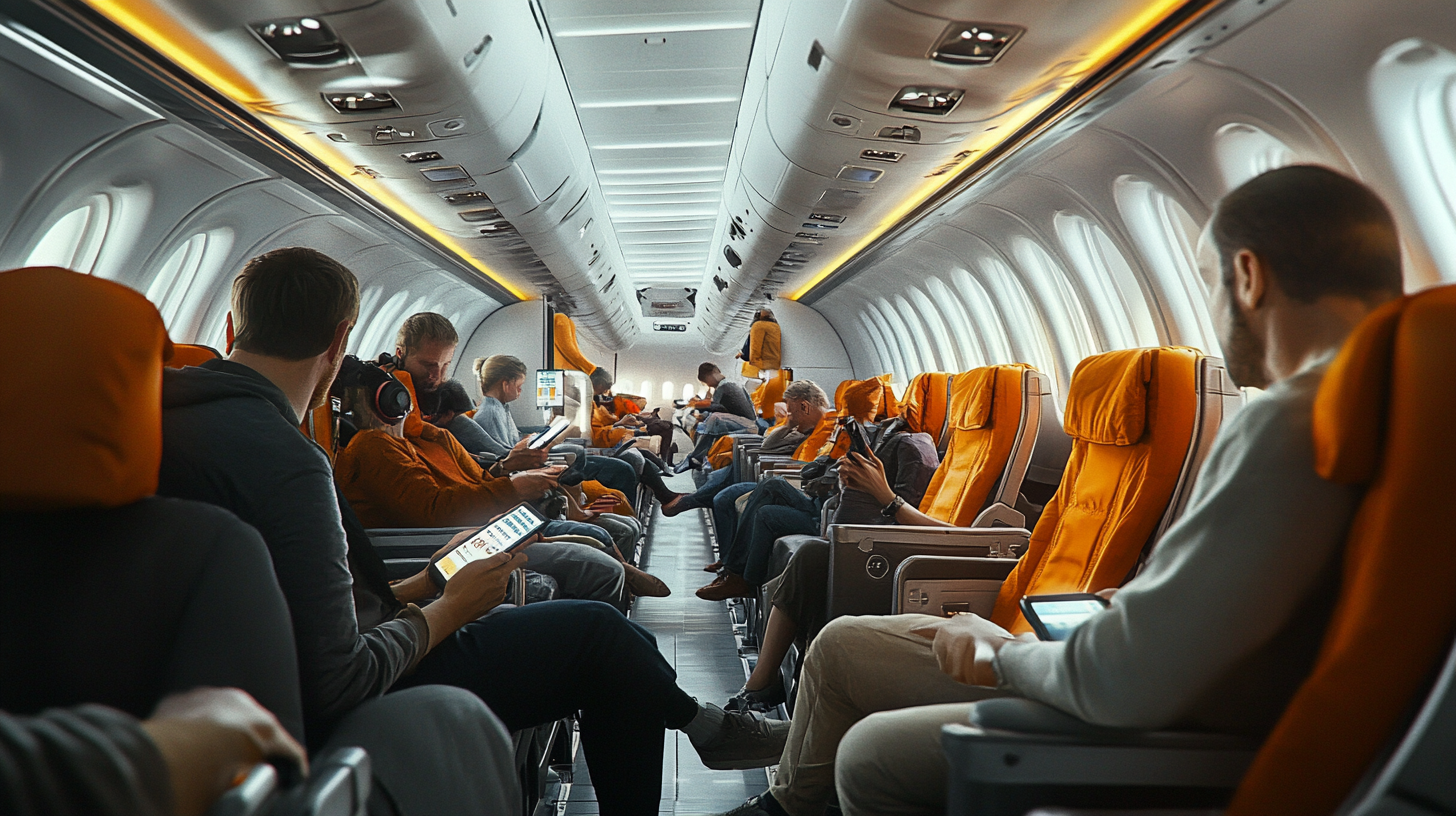
Seats that don’t recline, commonly found in front of exit rows or at the back, can cause discomfort on longer flights, making it difficult to rest. Limited recline can lead to stiffness and exacerbate back or neck issues.
Before selecting your seat, check the seat’s recline capability using resources like seat recline and comfort charts . Being aware of these limitations allows you to choose a seat that better suits your comfort requirements.
Airlines with Tighter Seating Configurations
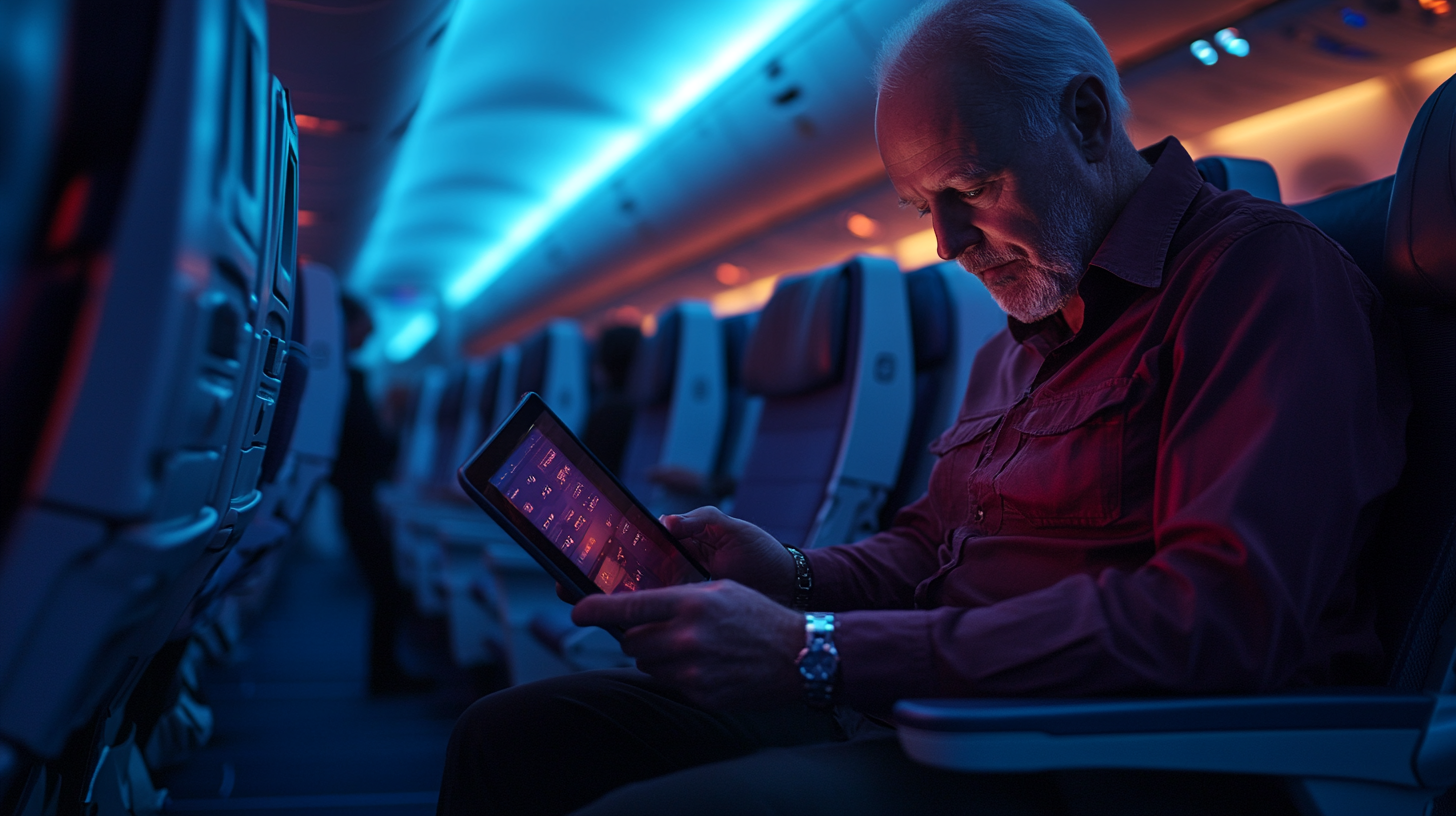
Certain airlines and aircraft configurations offer less comfortable seats due to tighter spacing:
- United Airlines’ Boeing 777-300ER: Economy seats are only 17 inches wide due to a 3-4-3 seating arrangement, making long flights uncomfortable for many passengers. Reviews found in airline seating comfort reviews often highlight this issue.
- Low-Cost Carriers: Airlines like Spirit, Frontier, and Wizz Air are known for tighter seat pitches and widths to maximize passenger numbers. While the fares may be lower, the reduced comfort level is a trade-off to consider.
- Specific Seats to Avoid: On United’s narrow-body planes, certain rows have issues like limited recline or proximity to noisy galleys, as noted by frequent flyers. Utilizing passenger seat reviews by flight can help identify these problematic seats.
Strategies for Selecting the Best Seat Without Extra Costs
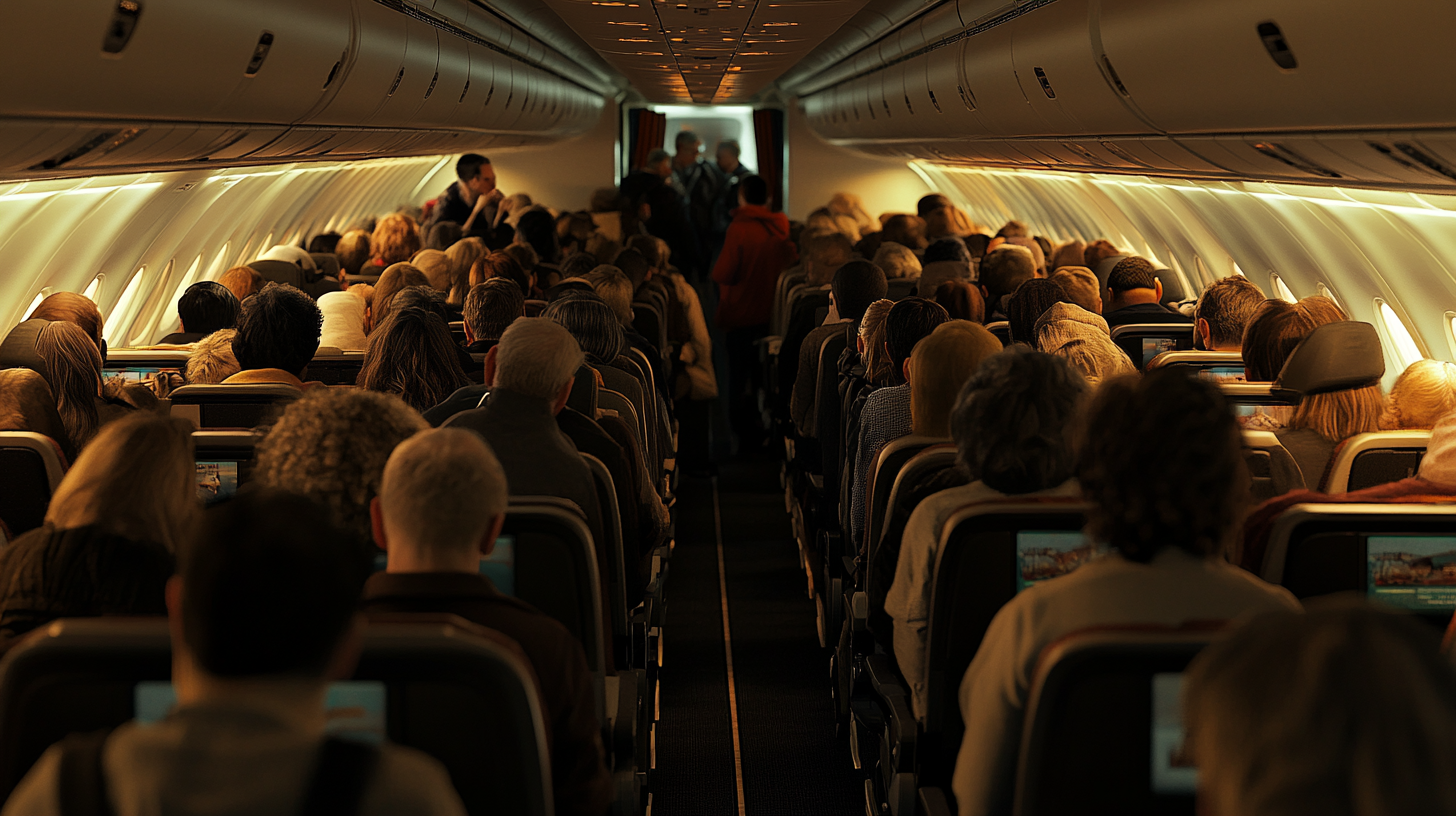
You don’t always have to pay more to get a better seat. Here are some strategies to optimize your seat selection:
Use Seat Maps and Comparison Tools
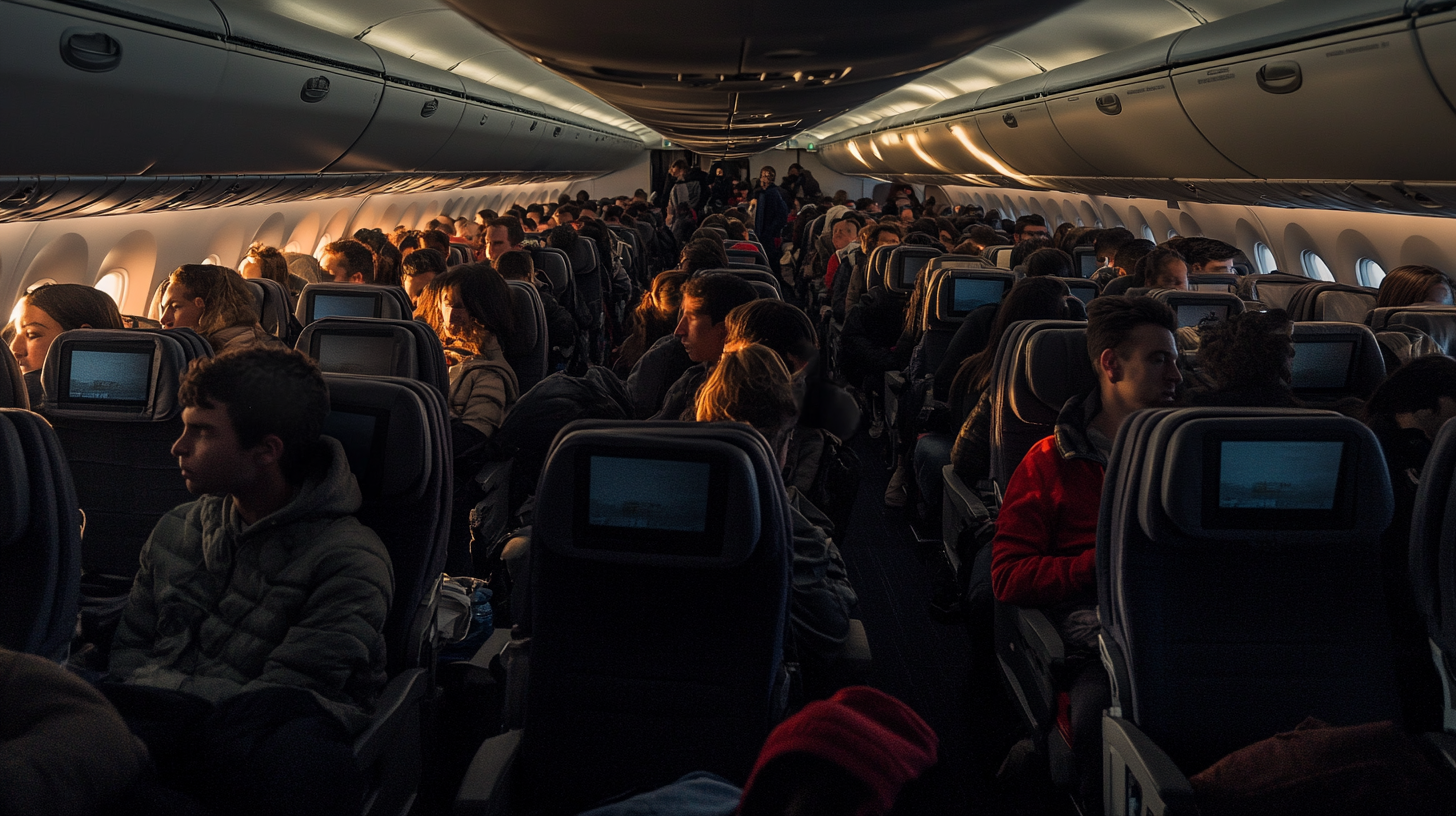
Websites like SeatGuru provide detailed seat maps and charts comparing seat pitch and width across different airlines and aircraft. By reviewing these resources, you can identify seats with extra legroom or better amenities. These tools often include passenger reviews and color-coded seat recommendations, helping you make an informed choice without additional expenses.
Book Strategically
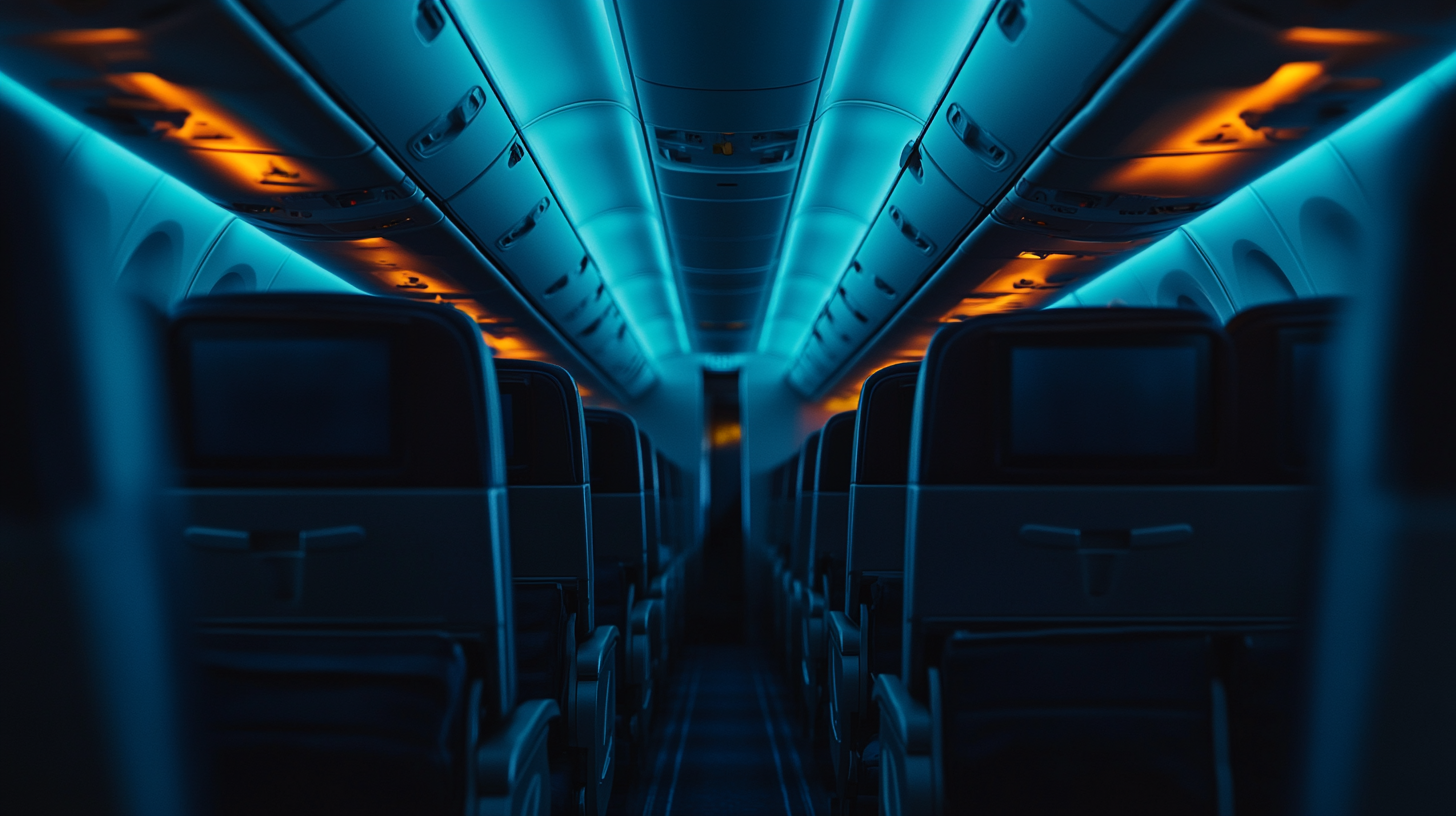
Avoid basic economy fares if seat selection is important to you. Opting for main cabin fares can offer free seat selection and save on potential fees. Booking your flight well in advance increases the likelihood of preferred seat availability. Additionally, being flexible with your travel dates and times can result in less crowded flights, providing more seating options at no extra cost.
Flight Timing and Occupancy
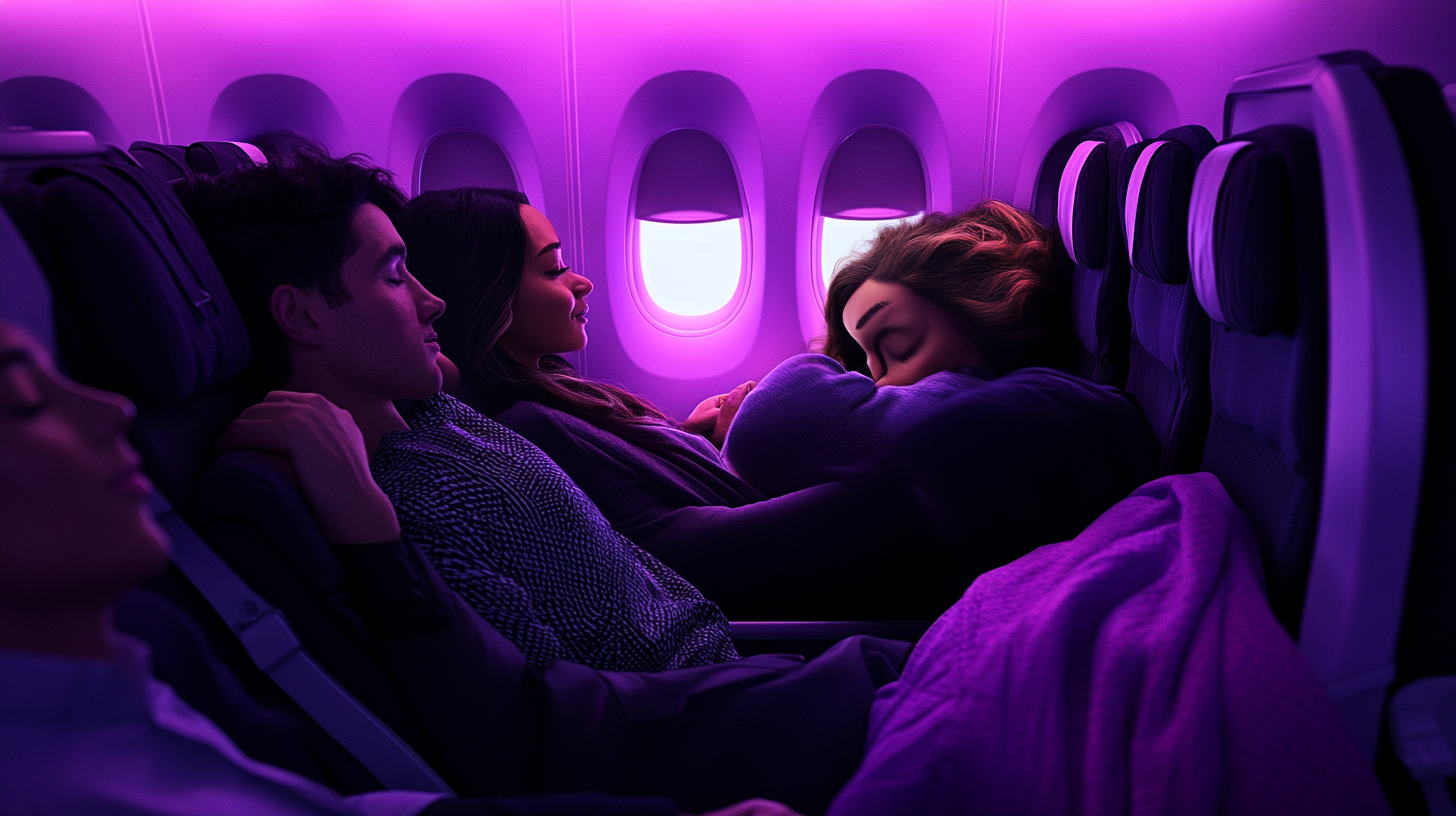
Flying during off-peak times can result in emptier flights, increasing the chances of getting a better seat or having an empty neighboring seat without additional cost. Early morning or late-night flights are often less crowded. Checking the flight’s seat map a few days before departure can give you an idea of occupancy levels, allowing you to adjust your seat selection accordingly.
Check the Aircraft Type
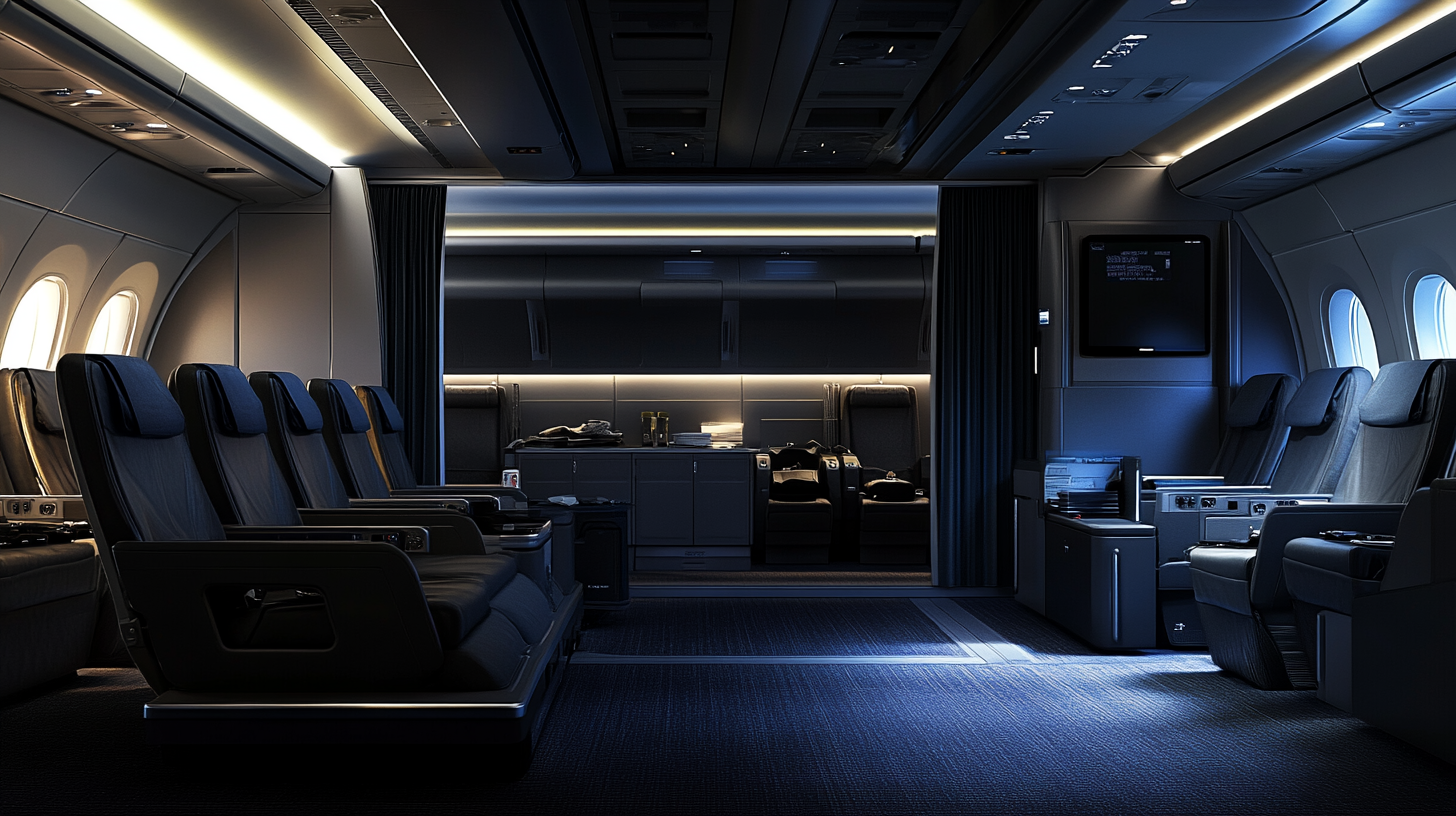
The type of aircraft can influence seat comfort. For instance, the Airbus A380 is favored for comfort due to its spacious design. Some airlines offer quieter economy sections on the upper deck of the A380. Knowing the aircraft model allows you to research its seating arrangements and possible comfort features. Resources like aircraft comfort ratings by model can provide valuable insights into which planes offer better economy experiences.
Consult Expert Reviews
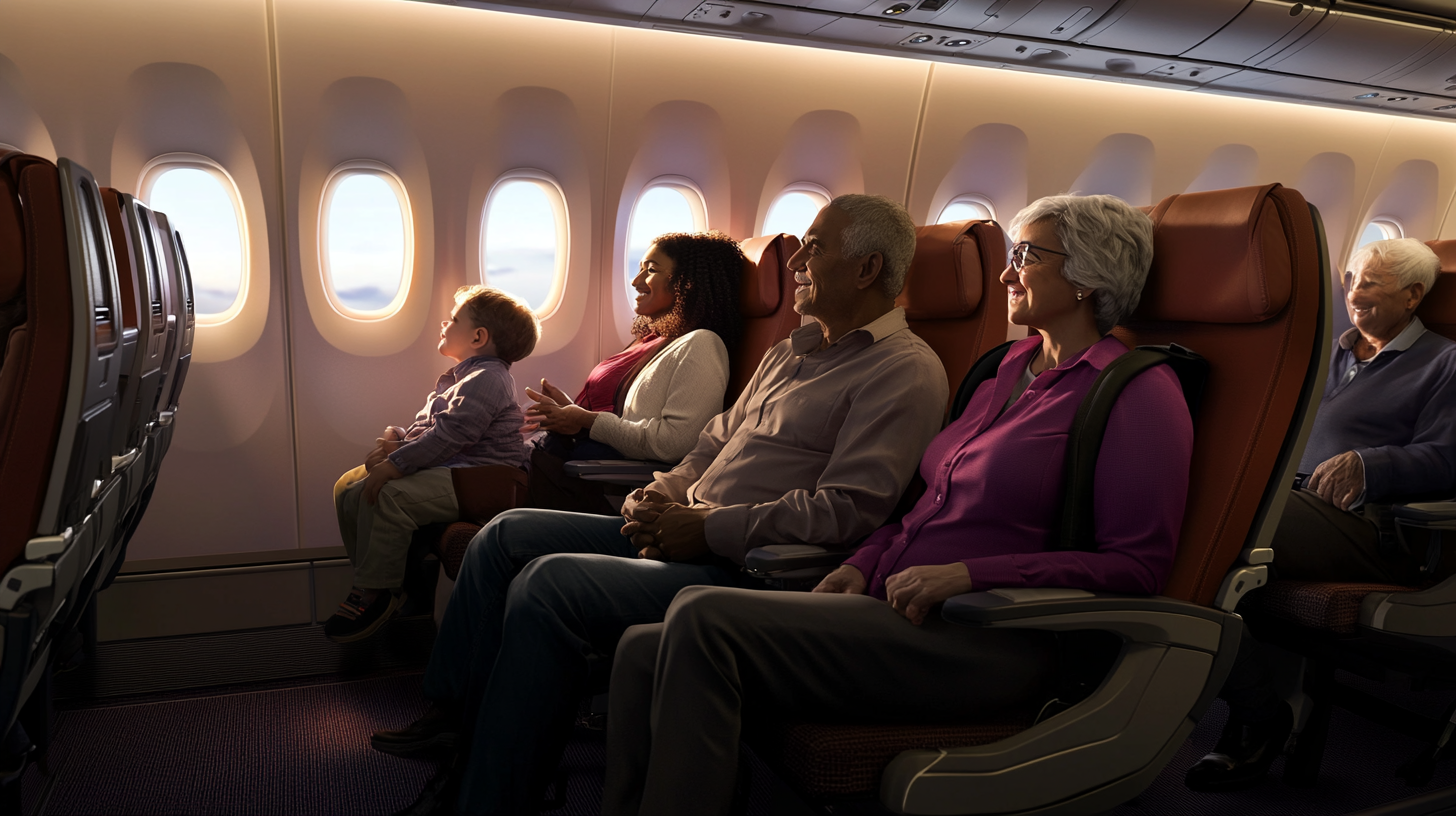
Frequent flyers often share their experiences on forums and travel blogs. Reading reviews can provide insights into the best and worst seats on specific flights. Websites dedicated to air travel reviews and traveler forums for seat advice can be excellent sources of firsthand information that helps you make a more informed decision.
Specific Airline and Aircraft Considerations
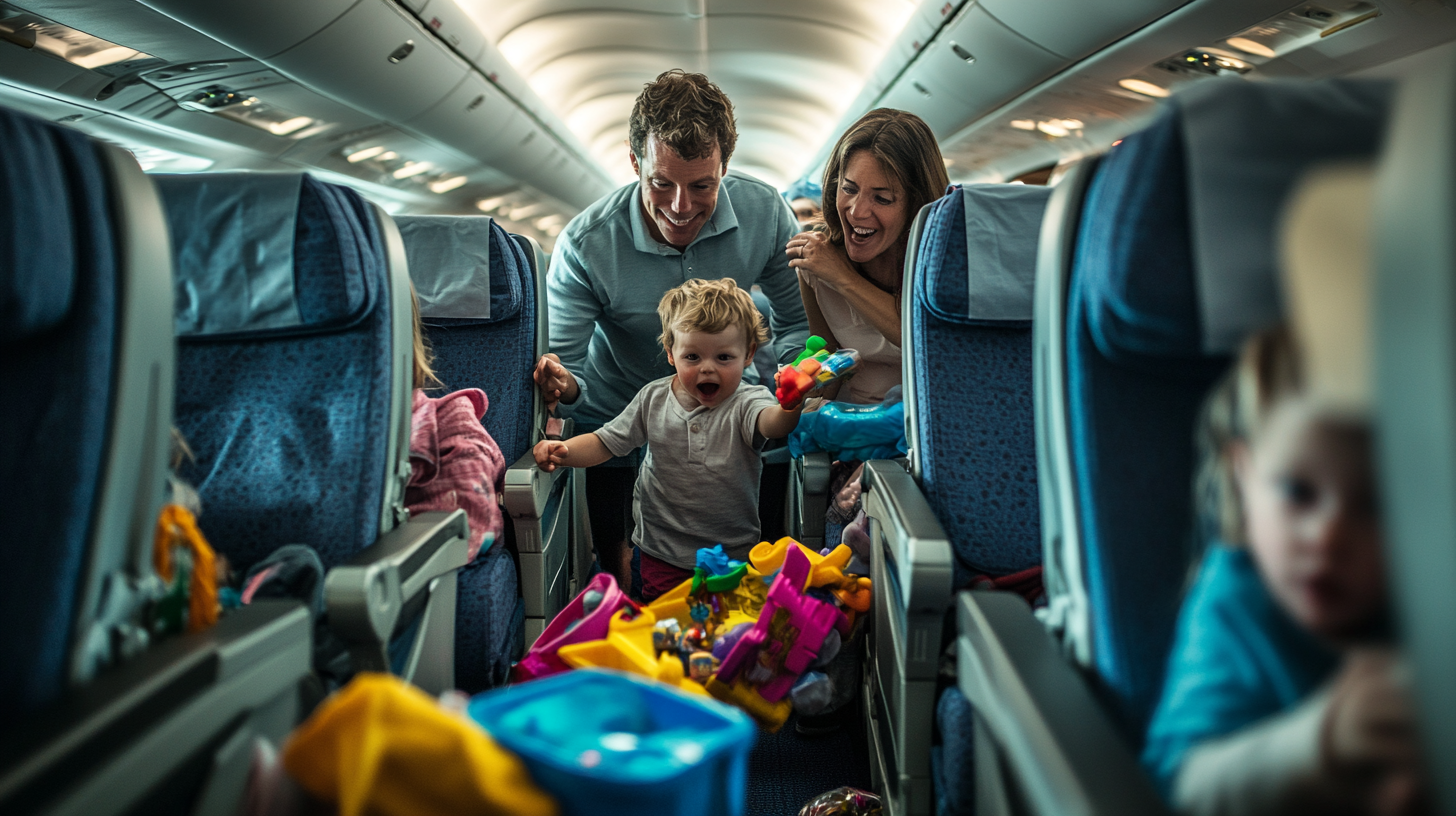
Understanding the nuances of specific airlines and aircraft can further enhance your seat selection strategy:
Delta Air Lines’ Airbus A330
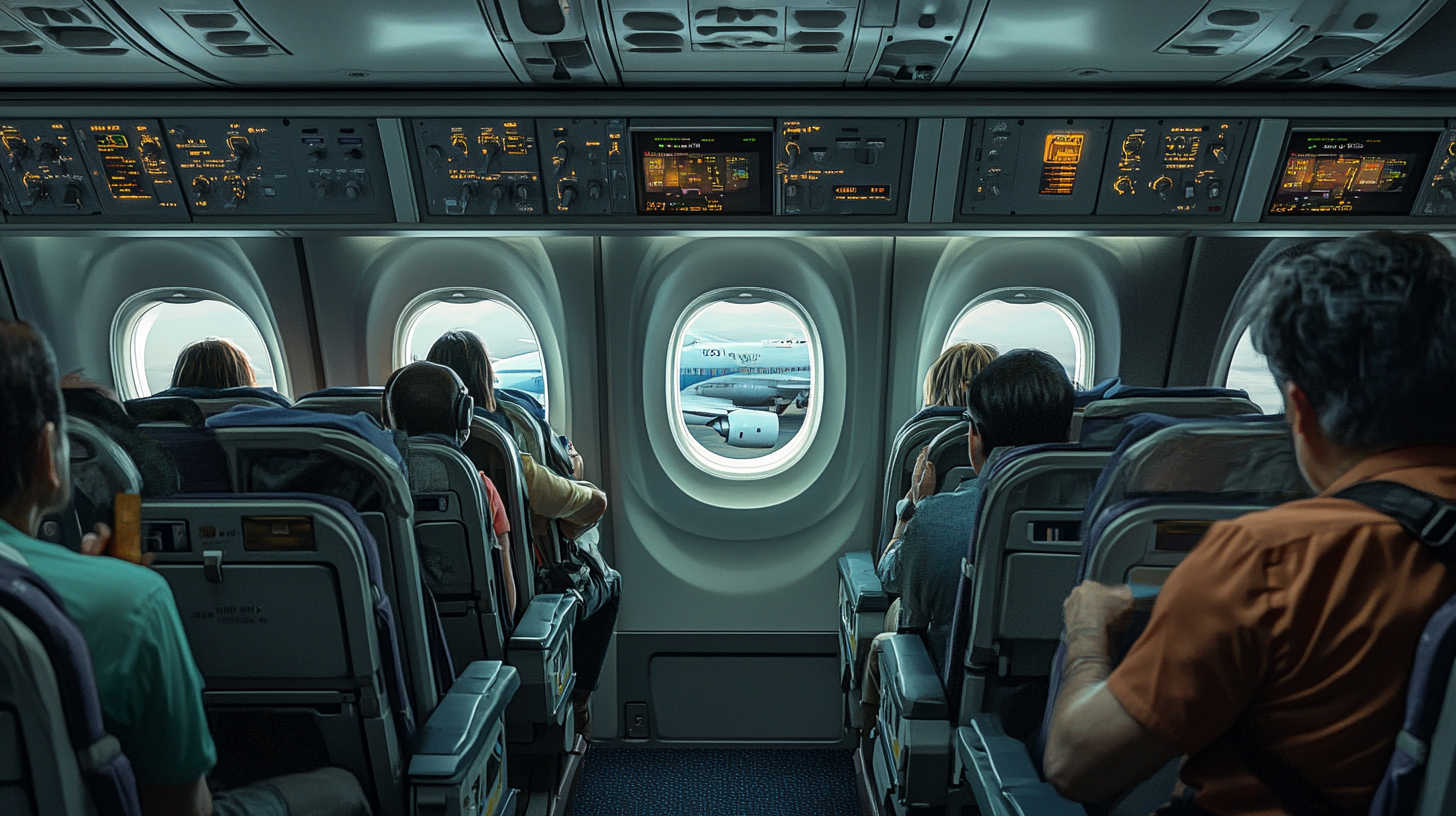
When flying long-haul with Delta, seat selection is critical. The Airbus A330 has various configurations. In economy, certain seats offer more comfort with additional legroom or desirable locations, but it’s essential to avoid rows with limited recline or proximity to lavatories. Accessing Delta A330 seat guide can help pinpoint the best seats for your journey.
United Airlines’ Boeing 787 Dreamliner
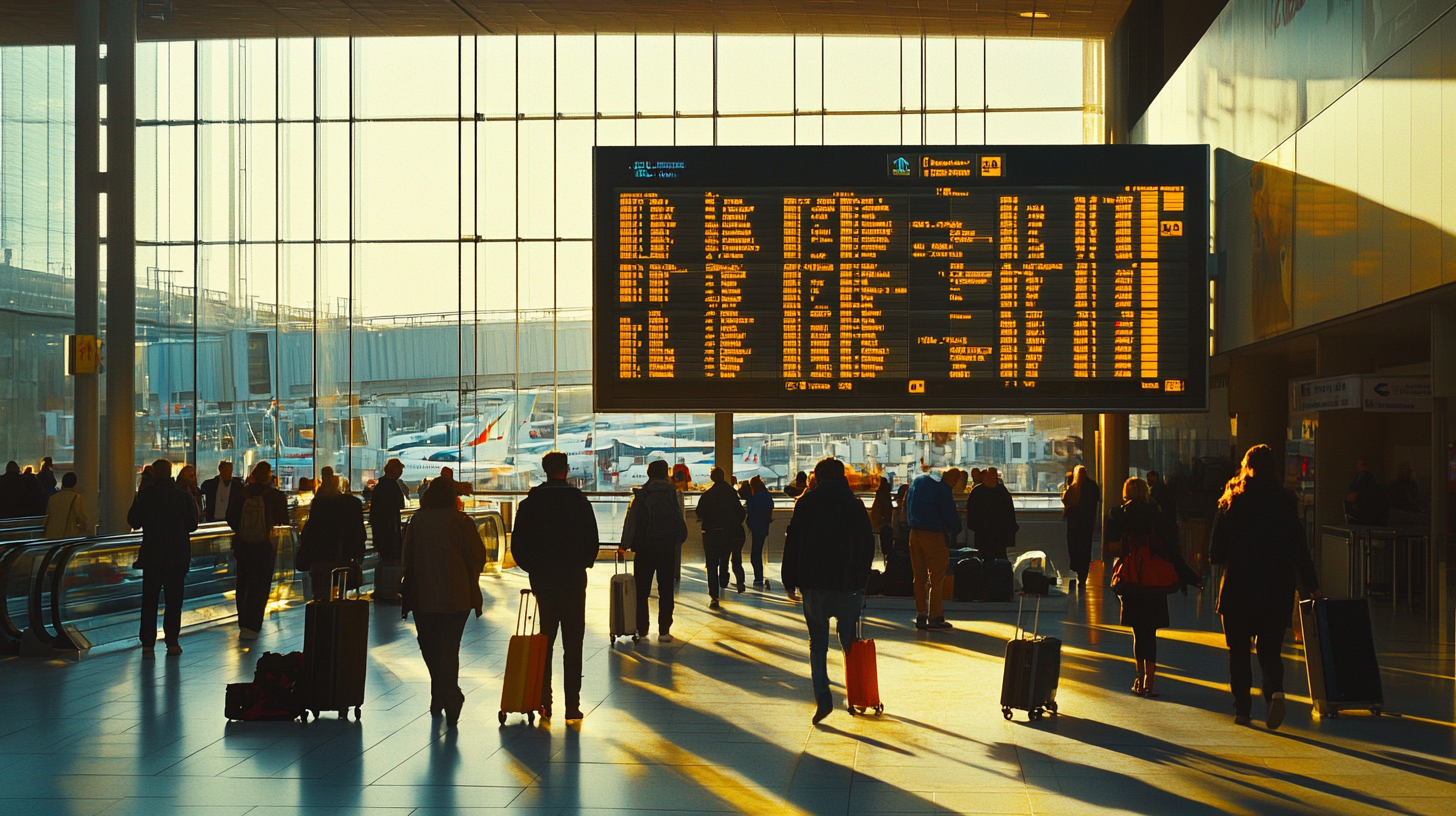
United’s 787s have a tight 3-3-3 seating configuration. While seats like 27A and 27L offer extra legroom, there are drawbacks such as proximity to lavatories or limited under-seat storage. Understanding the trade-offs through resources like United 787 seat insights ensures you choose a seat that best fits your preferences.
Air New Zealand and ANA’s Lie-Flat Economy Options
For those seeking extra comfort without the business class price tag, airlines like Air New Zealand and ANA offer innovative economy options that allow passengers to lie flat, making long-haul flights more bearable. These options are limited and may require early booking. Detailed comparisons and booking tips are available in lie-flat economy seat options guide .
United Airlines’ Retrofitted 777-200
The retrofitted 777-200 features new economy seats slightly wider than previous models. However, the shift to a 3-4-3 configuration means overall tighter spacing. Key seat picks focus on bulkhead and paired seats for extra comfort. Consulting United 777-200 seat recommendations can help identify the best seats on this aircraft.
Special Considerations for Different Travelers
Your specific needs can influence the best seat choice. Tailoring your selection to your circumstances can enhance comfort and convenience:
Traveling with Children
Bulkhead seats are ideal for passengers with infants, as they often accommodate bassinets and provide extra space for child care needs. Families may also prefer seats closer to lavatories for easy access. Some airlines offer family seating zones designed to keep groups together and minimize disturbance to other passengers. Resources like family-friendly seating options provide additional tips for traveling with children.
Safety Considerations
For those prioritizing safety, the middle and aisle seats in the last five rows are statistically considered safer, according to insights from flight attendants and aerospace engineers. While emergencies are rare, some passengers find peace of mind in selecting seats believed to offer better protection. Articles such as airplane seat safety analysis delve into the data behind these considerations.
Connecting Flights
If you have tight connections, sitting at the front aisle allows for a quicker exit upon arrival, reducing the risk of missing your next flight. Time saved during deplaning can be crucial in making connecting flights, especially in large or unfamiliar airports. Planning your seat selection with connections in mind—and perhaps consulting connecting flight time-saving tips —can alleviate stress during your journey.
Final Thoughts
Your seat in economy class is more than just a place to sit; it’s your personal space for the duration of the flight, impacting comfort, productivity, and overall satisfaction. By taking the time to understand the various factors that contribute to seat comfort—such as seat dimensions, recline features, location, and in-flight amenities—you empower yourself to make choices that can significantly enhance your travel experience.
Utilizing resources like seat maps, airline reviews, and expert advice from comprehensive air travel planning guides can assist you in making informed decisions without incurring extra costs. Remember, an enjoyable flight begins with a well-chosen seat. So, the next time you book a flight, invest a few extra minutes in selecting your seat carefully. Your future self, relaxing comfortably while soaring above the clouds, will be glad you did.
Follow us back to milesBUZZ for more travel tips and insights.

